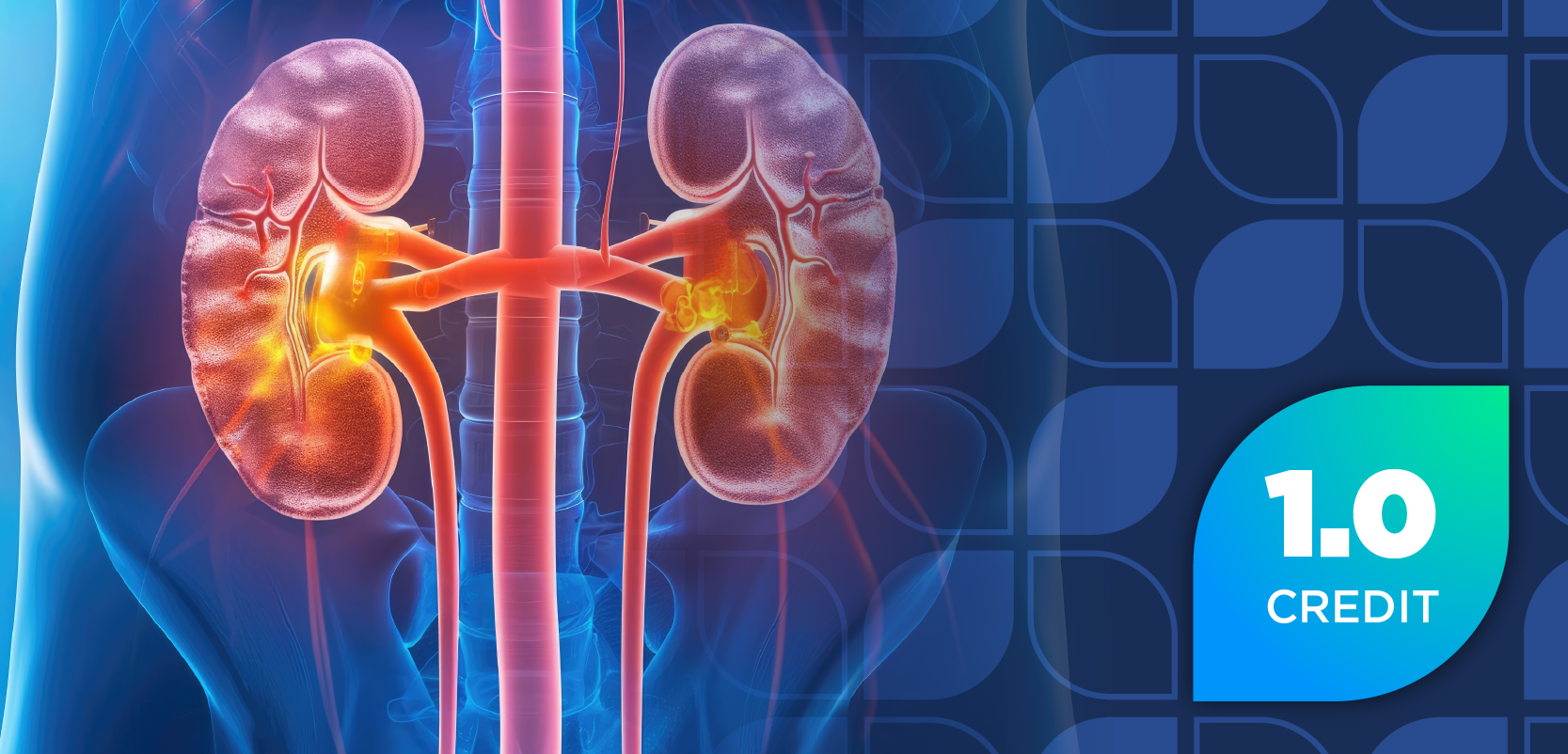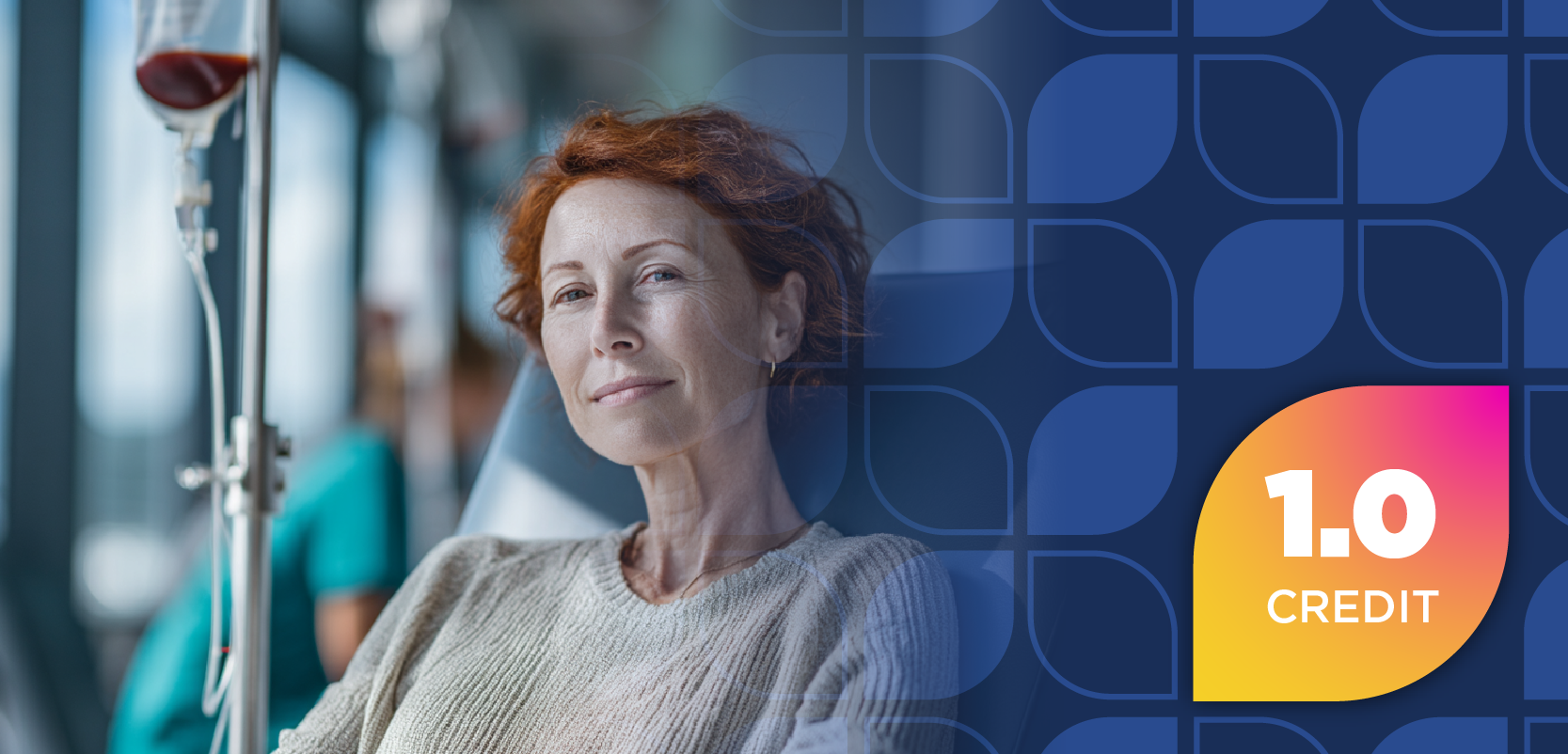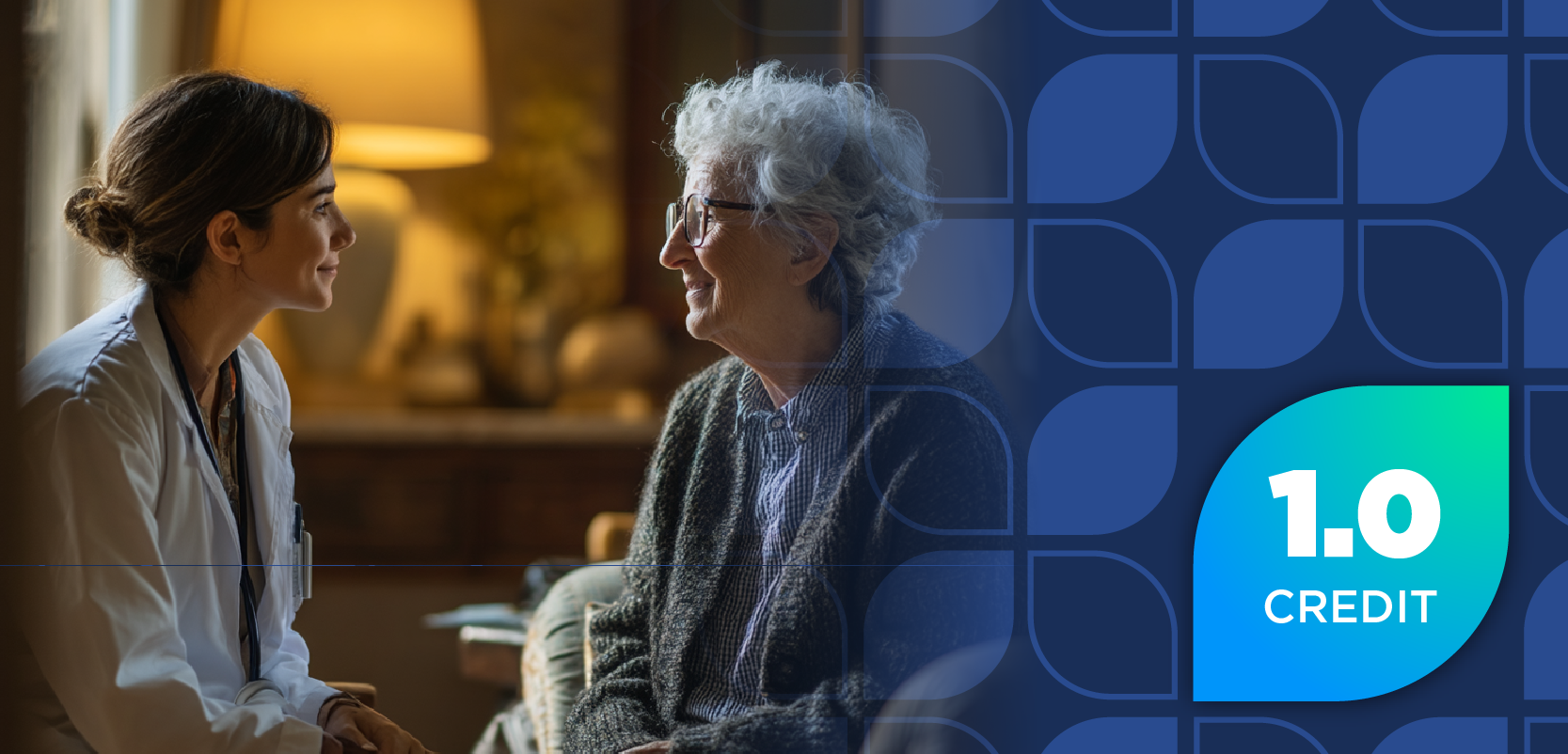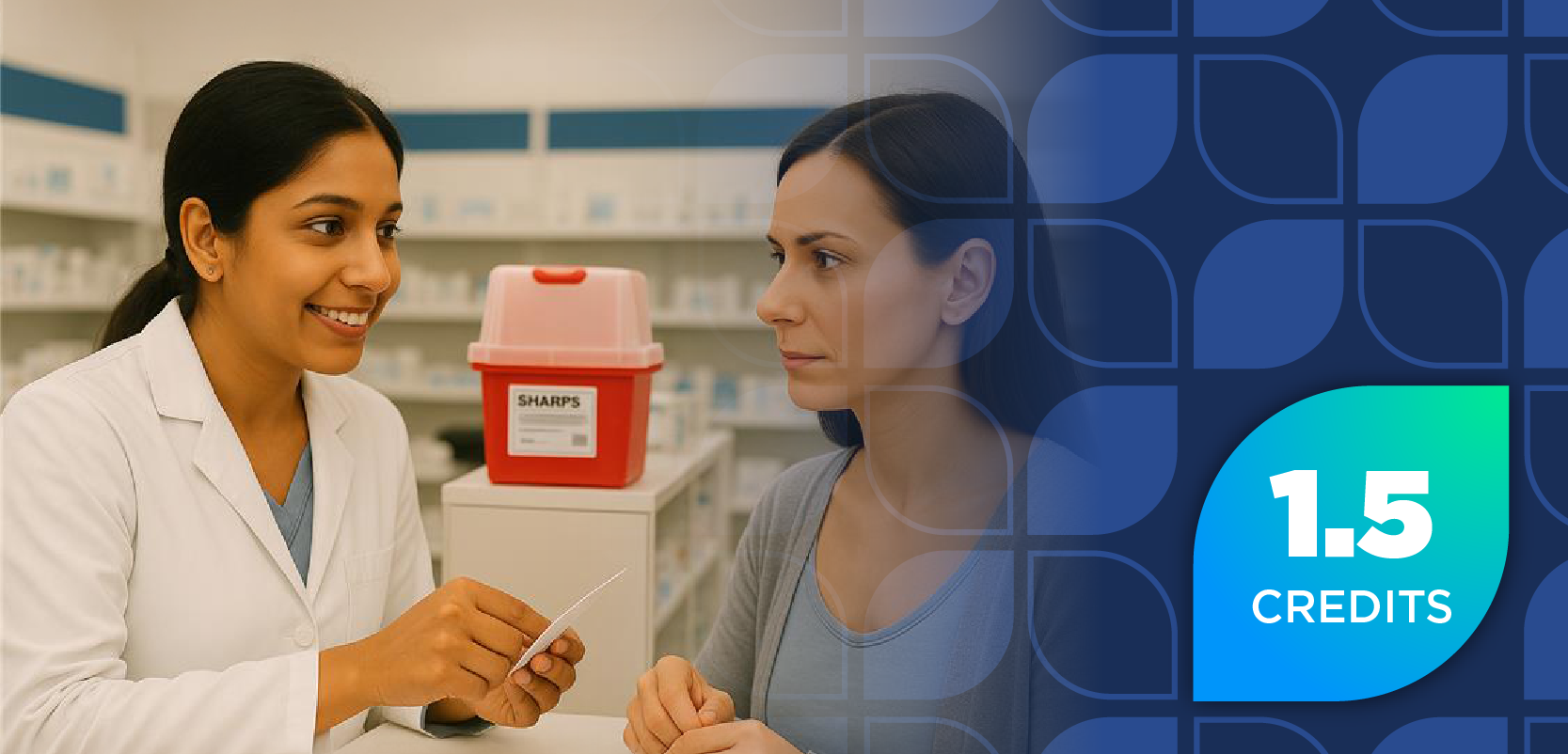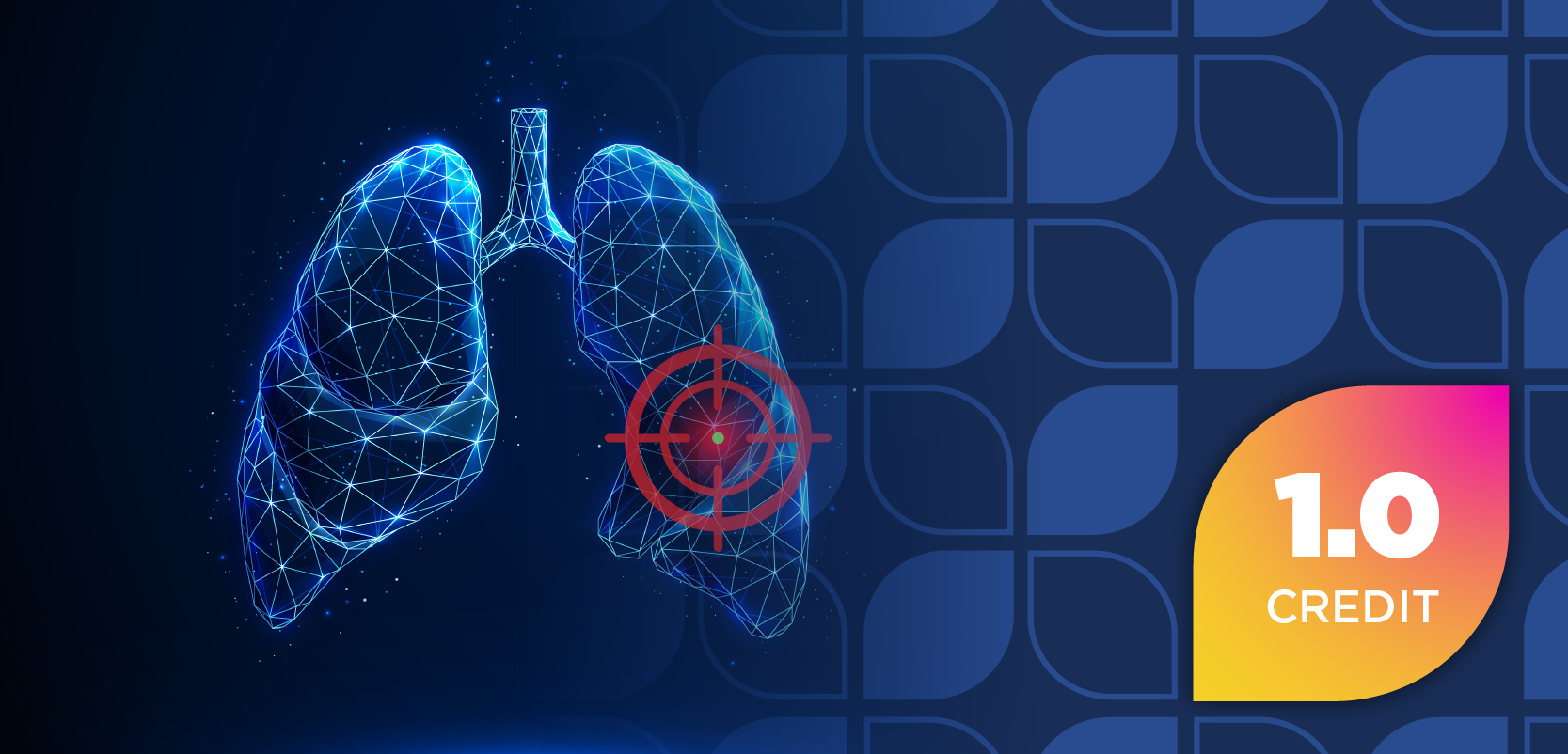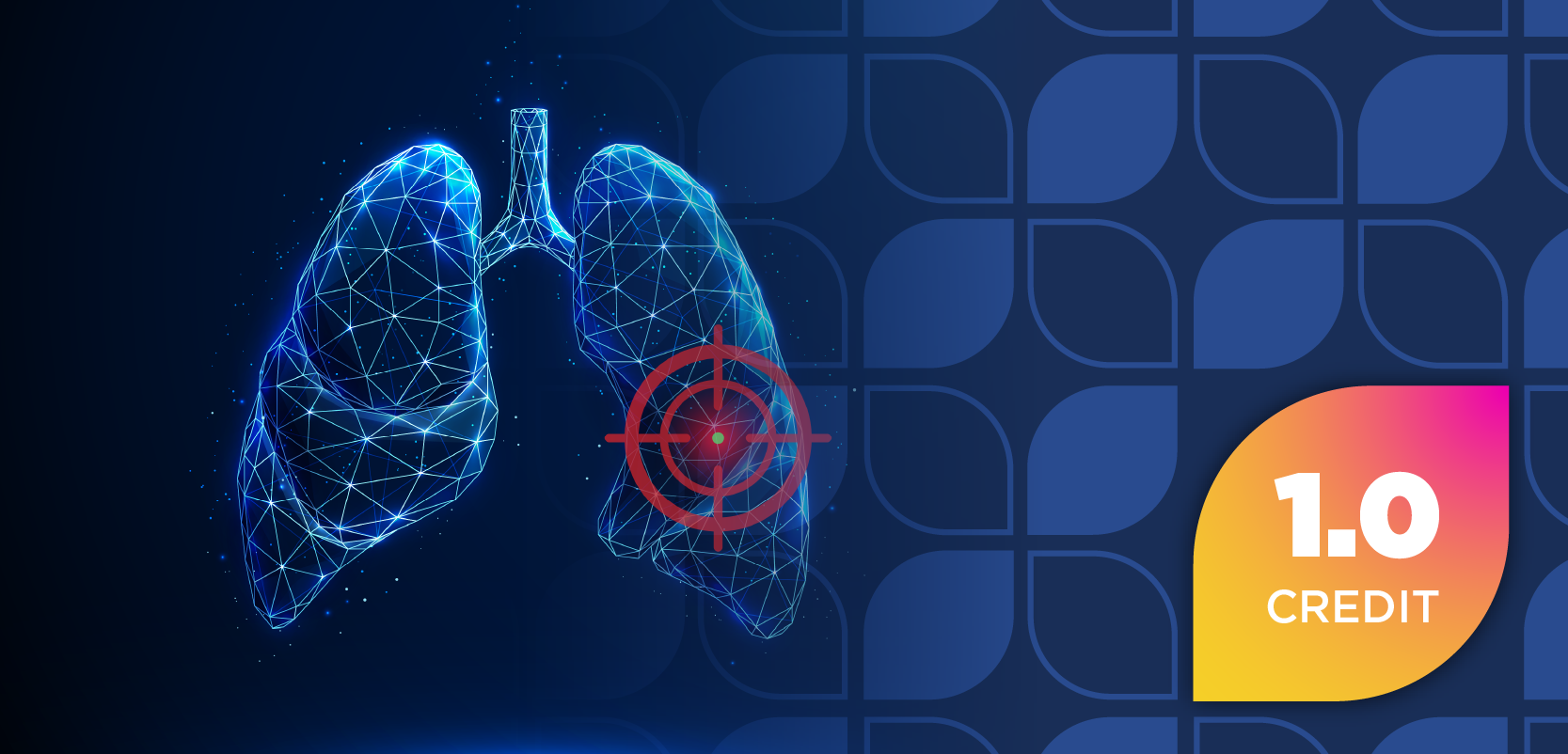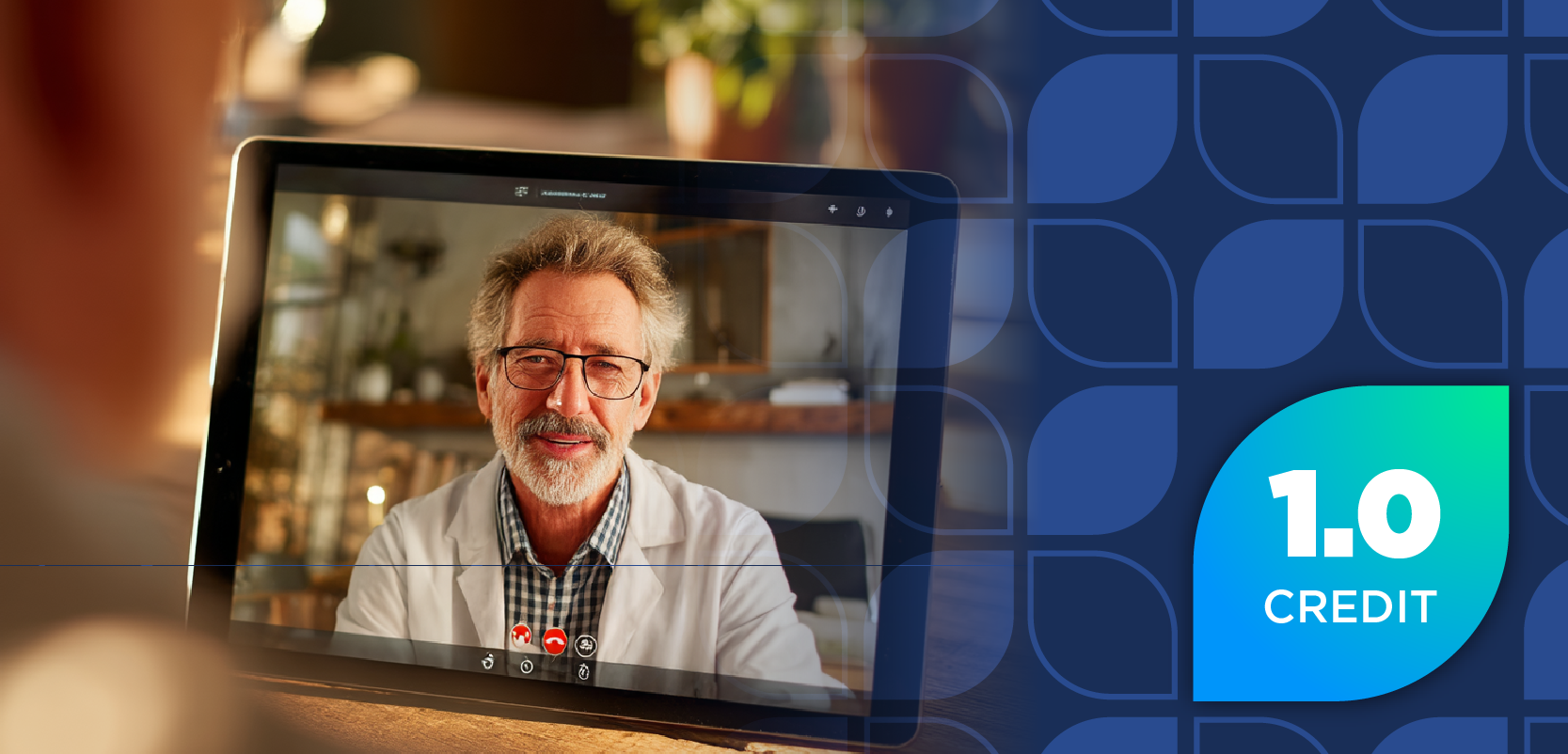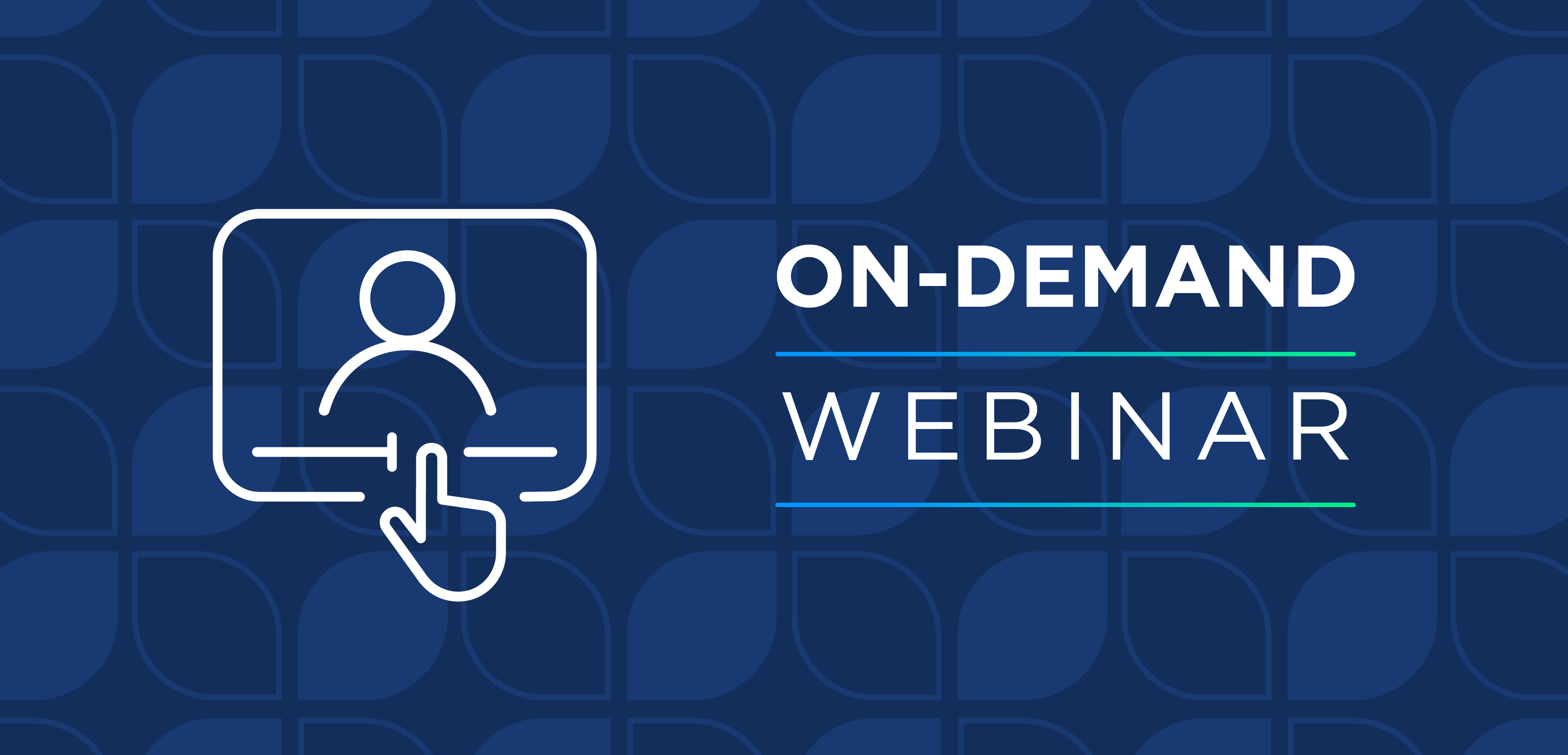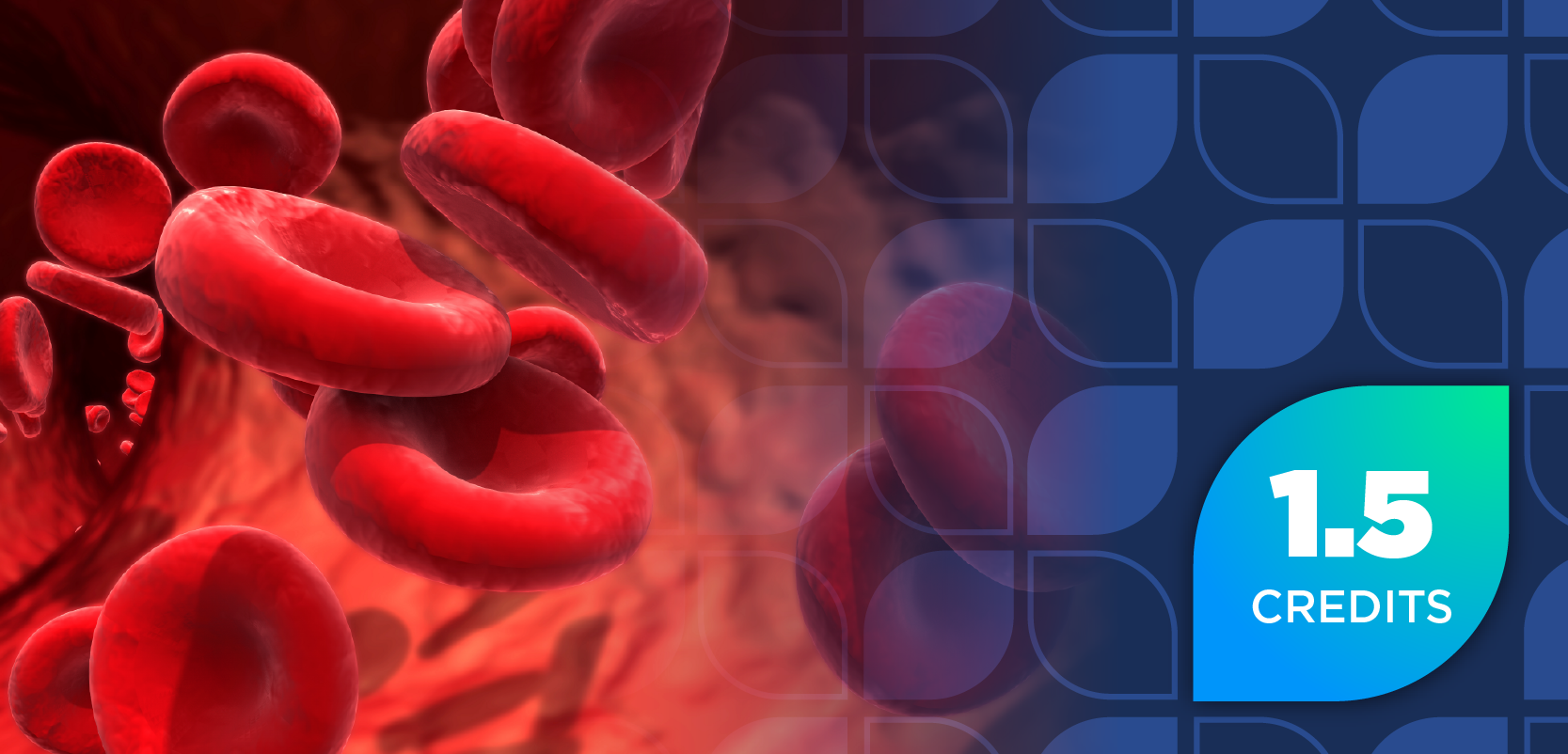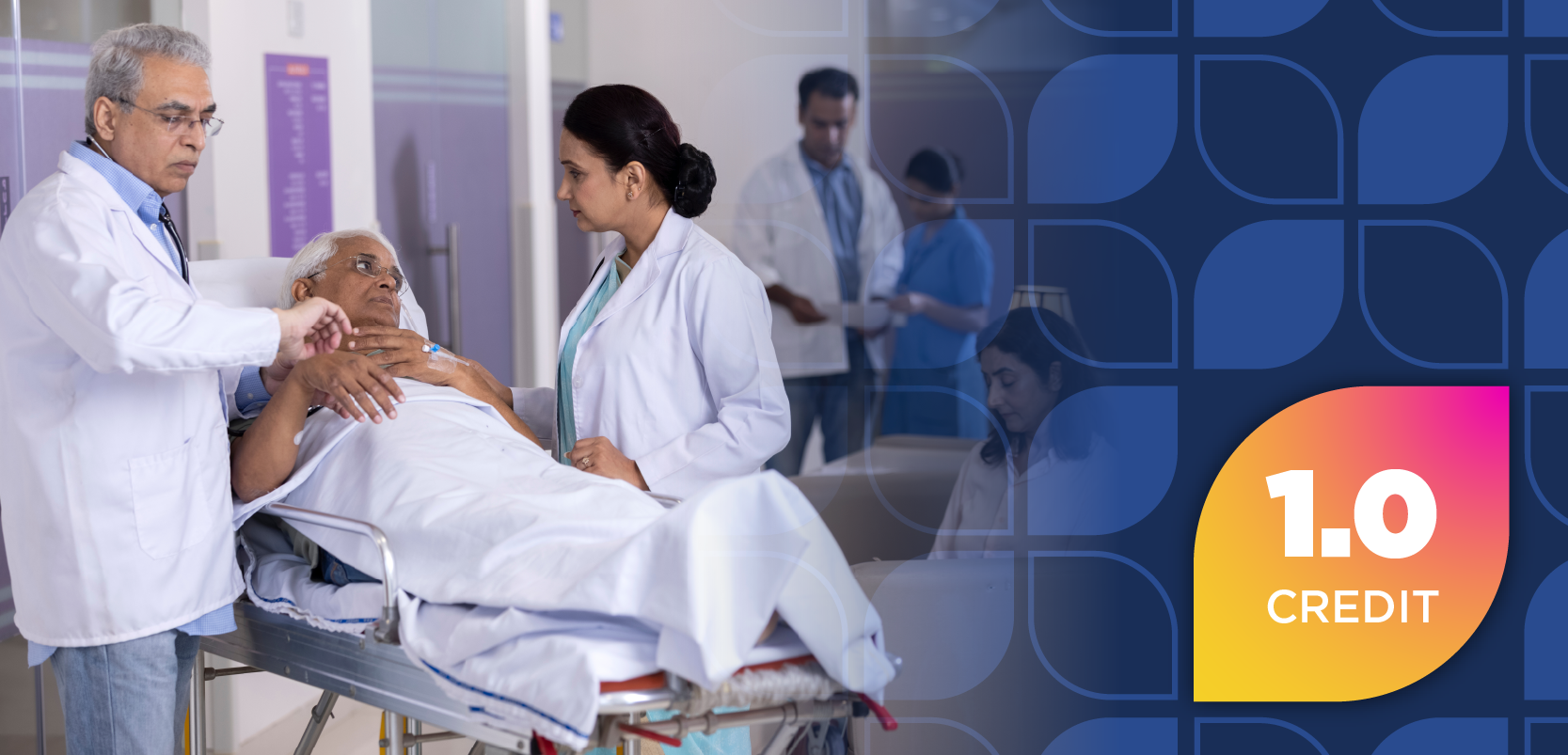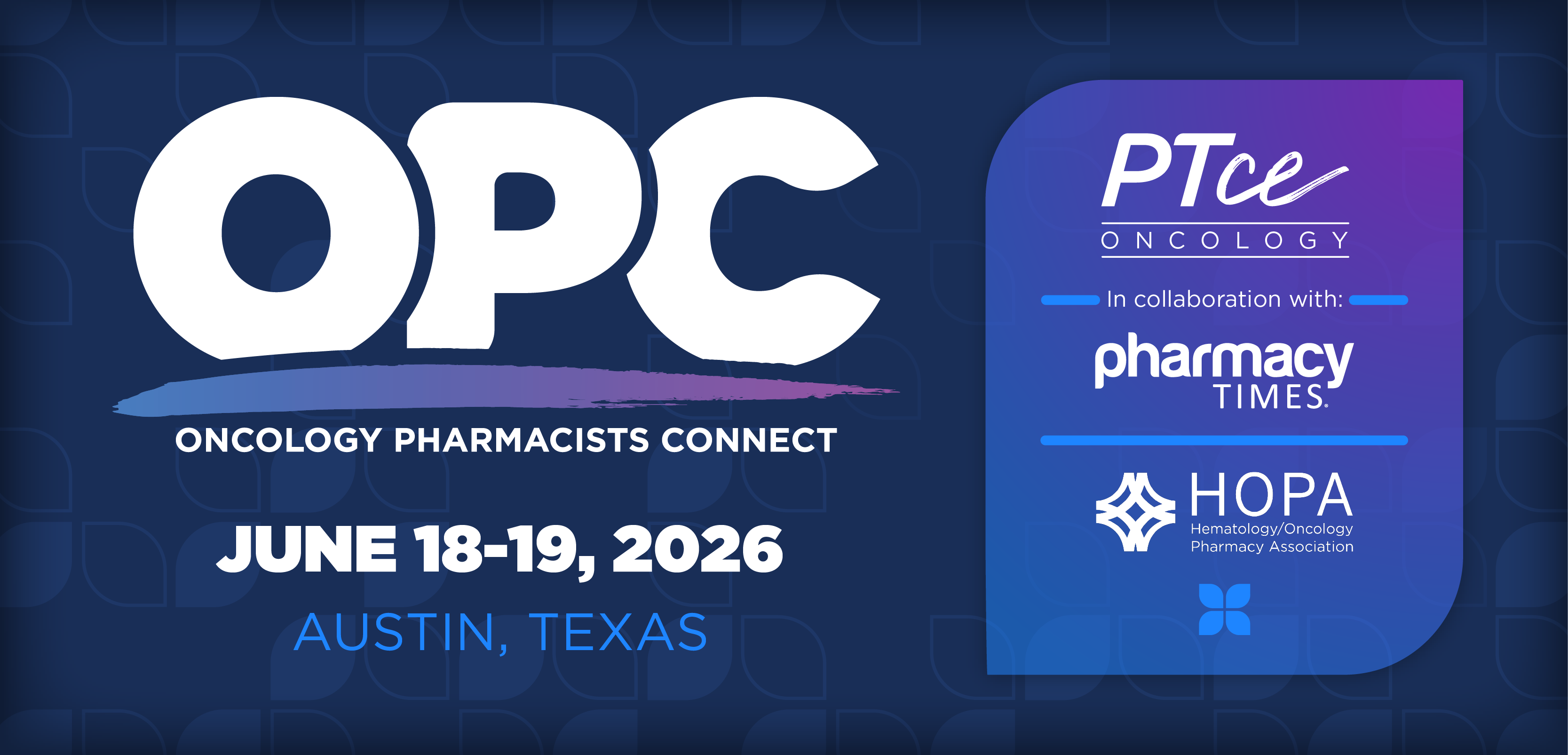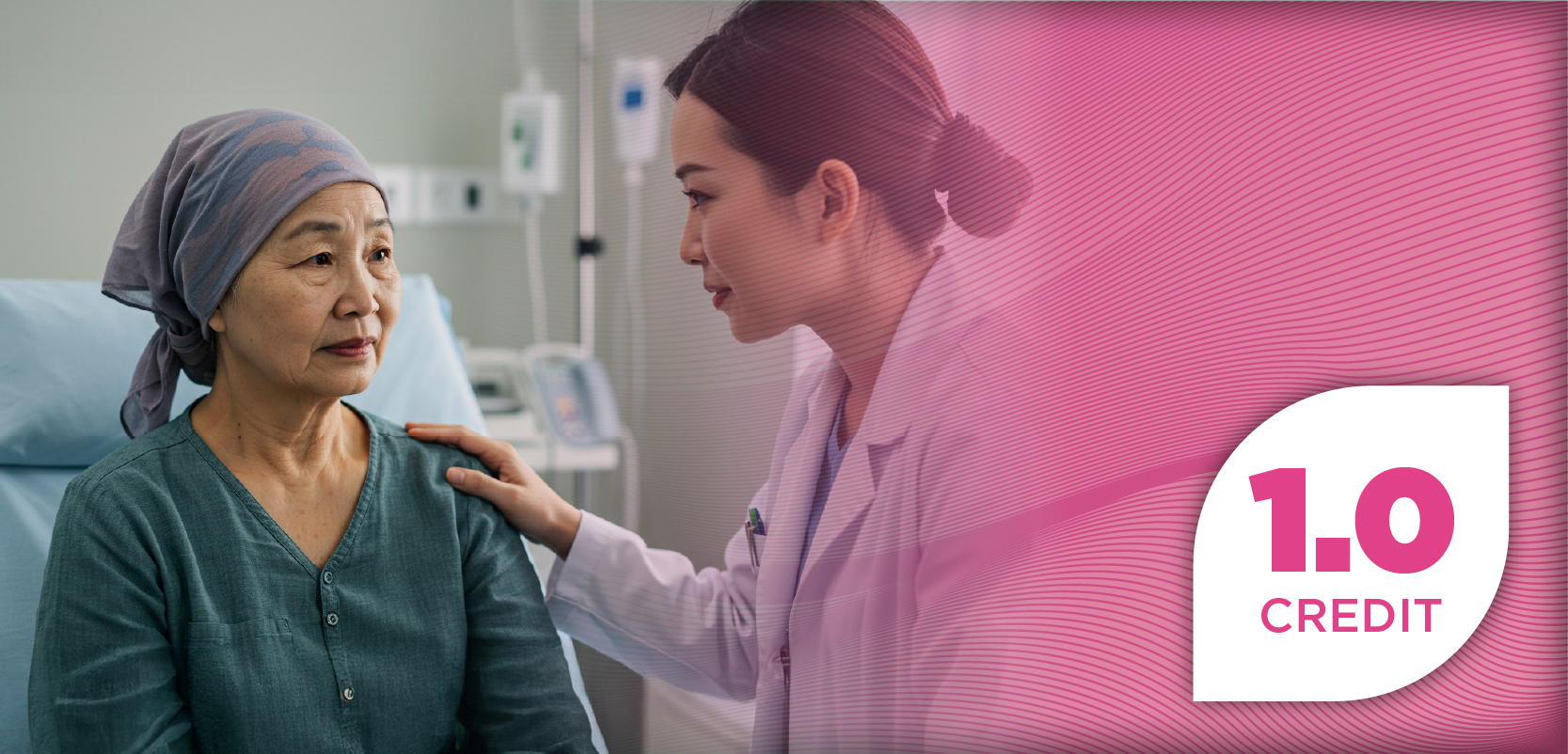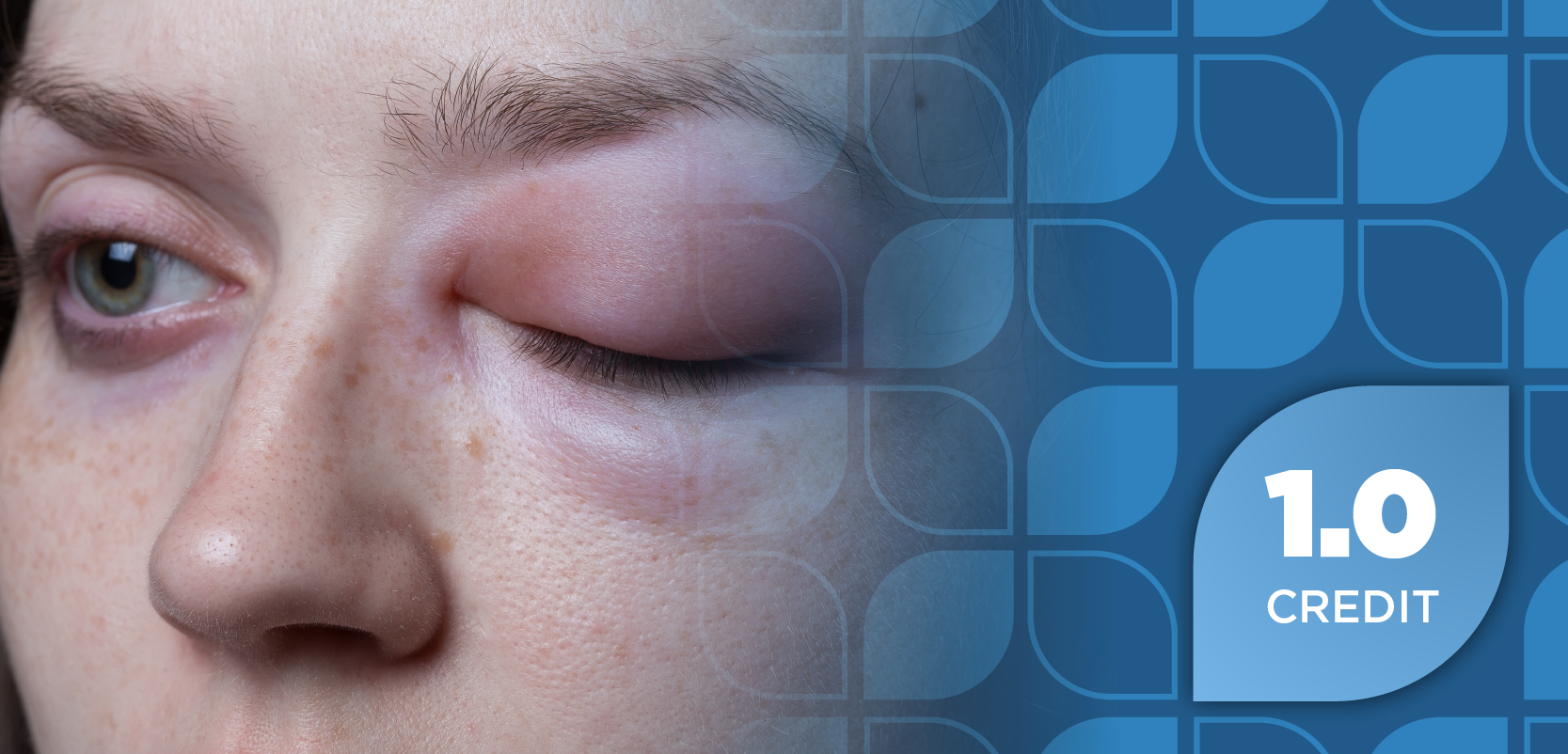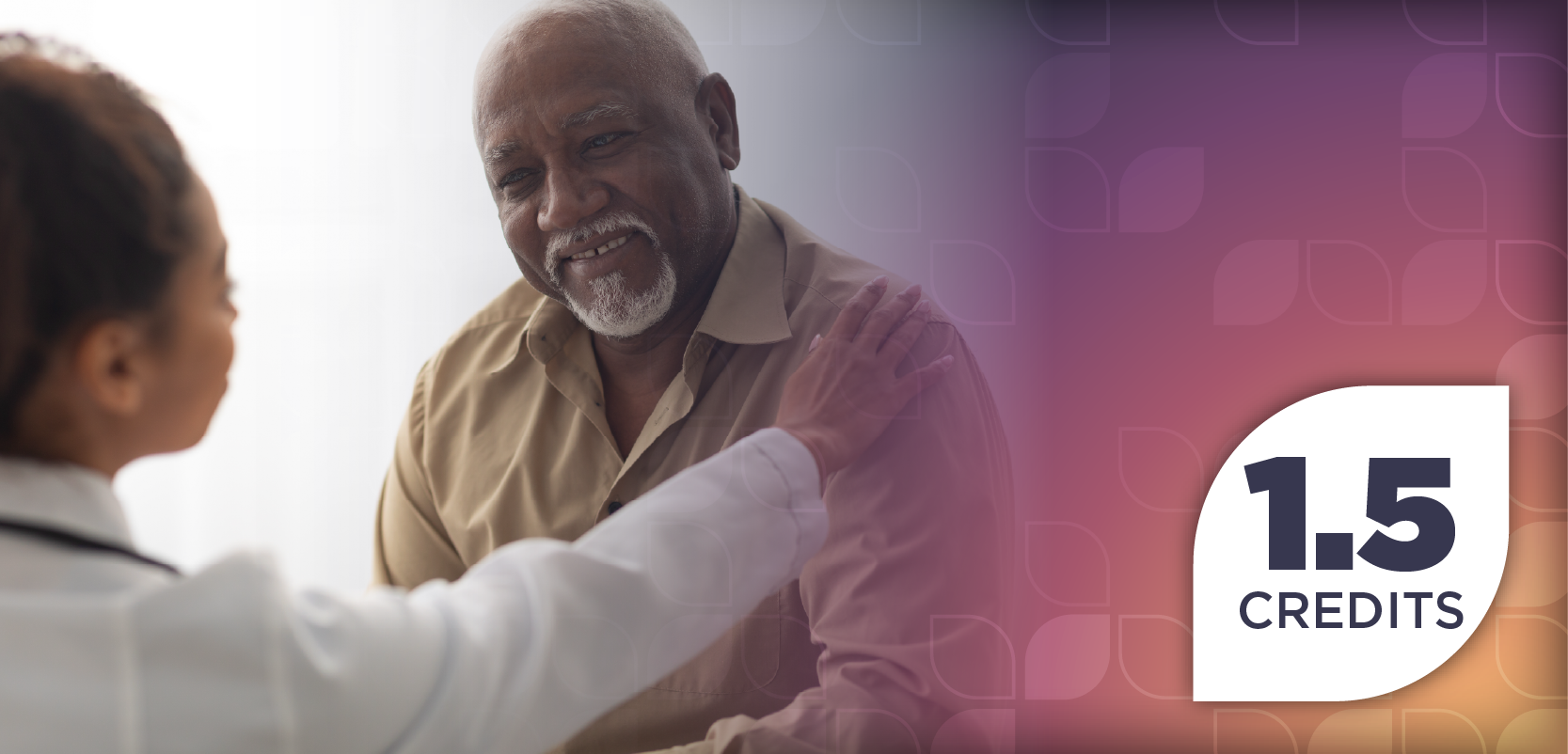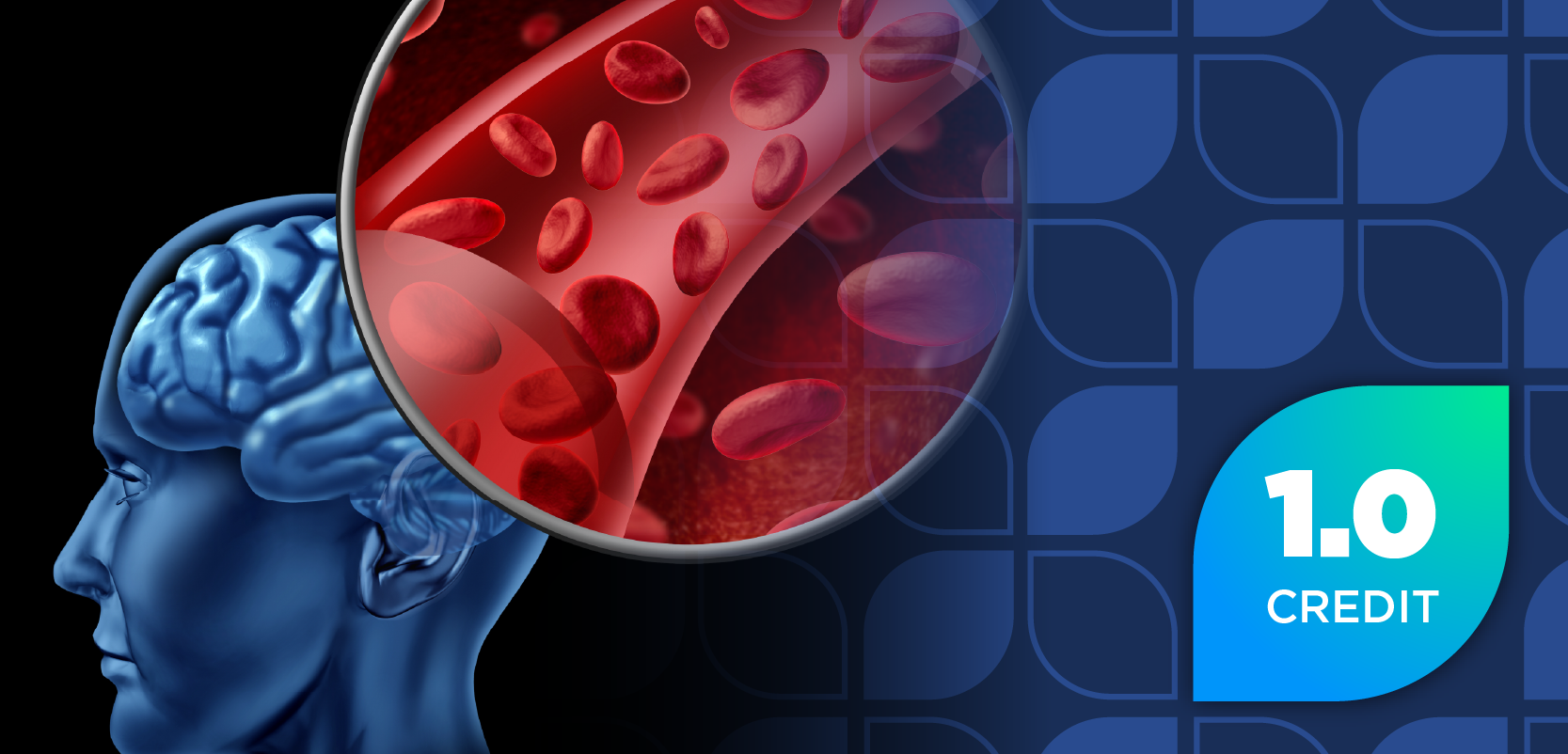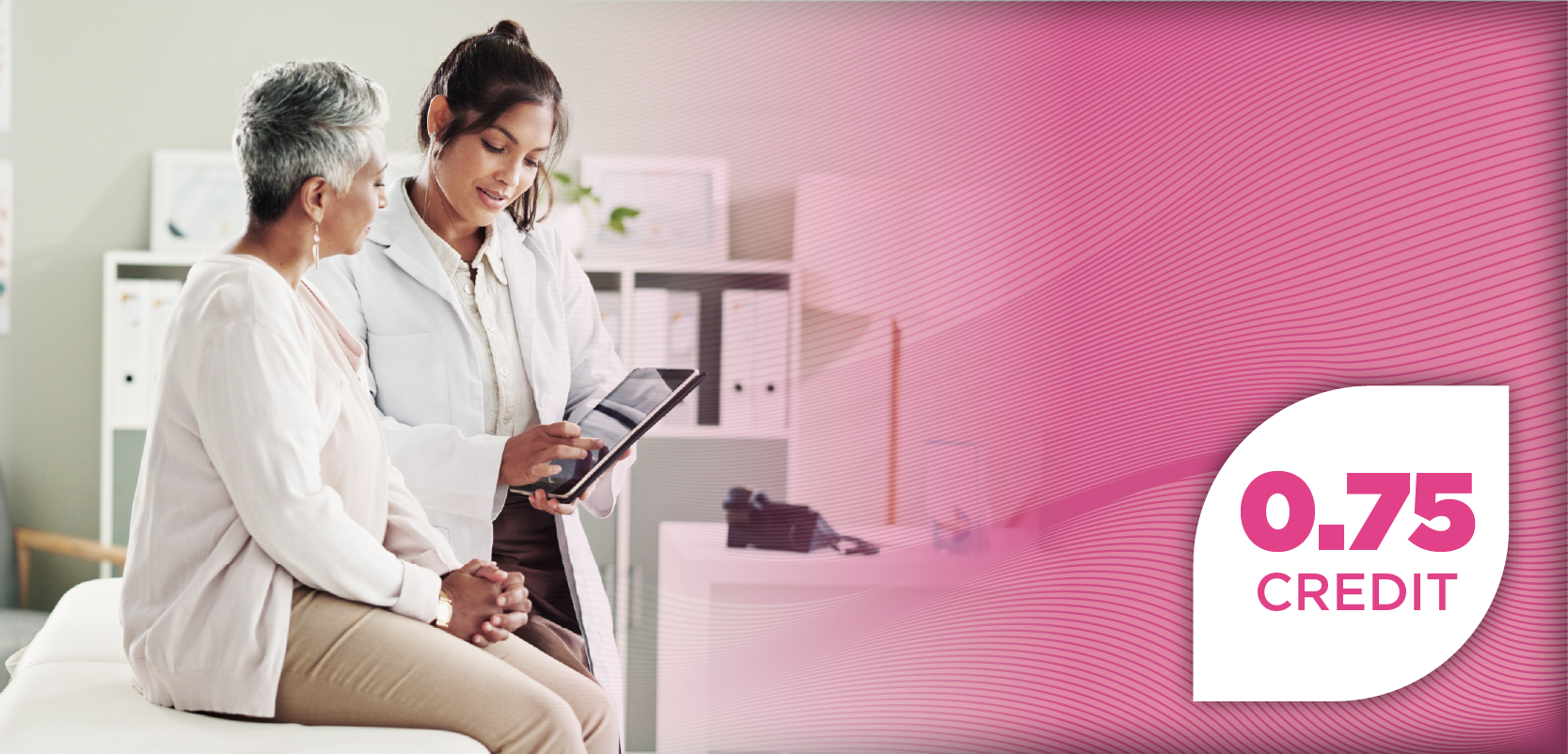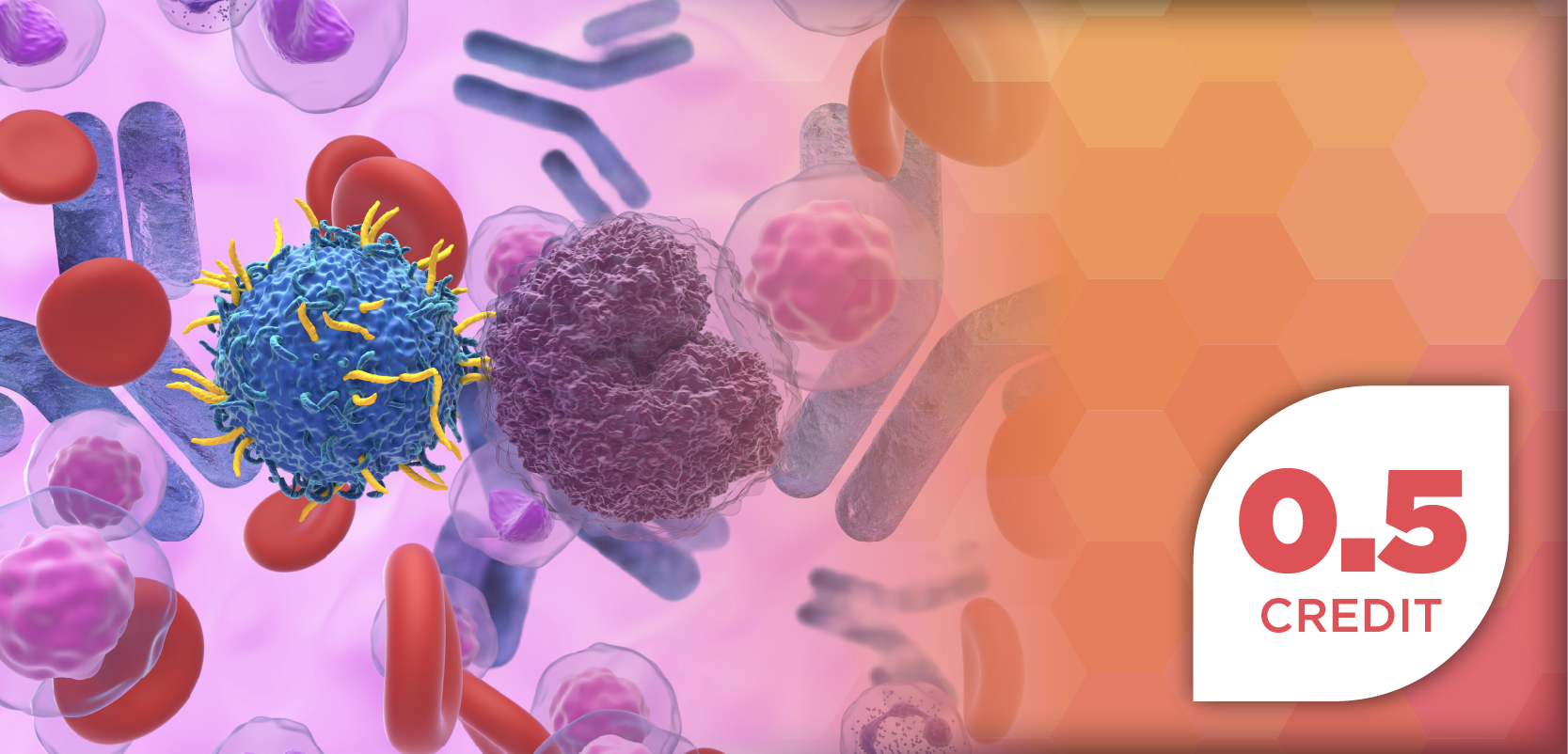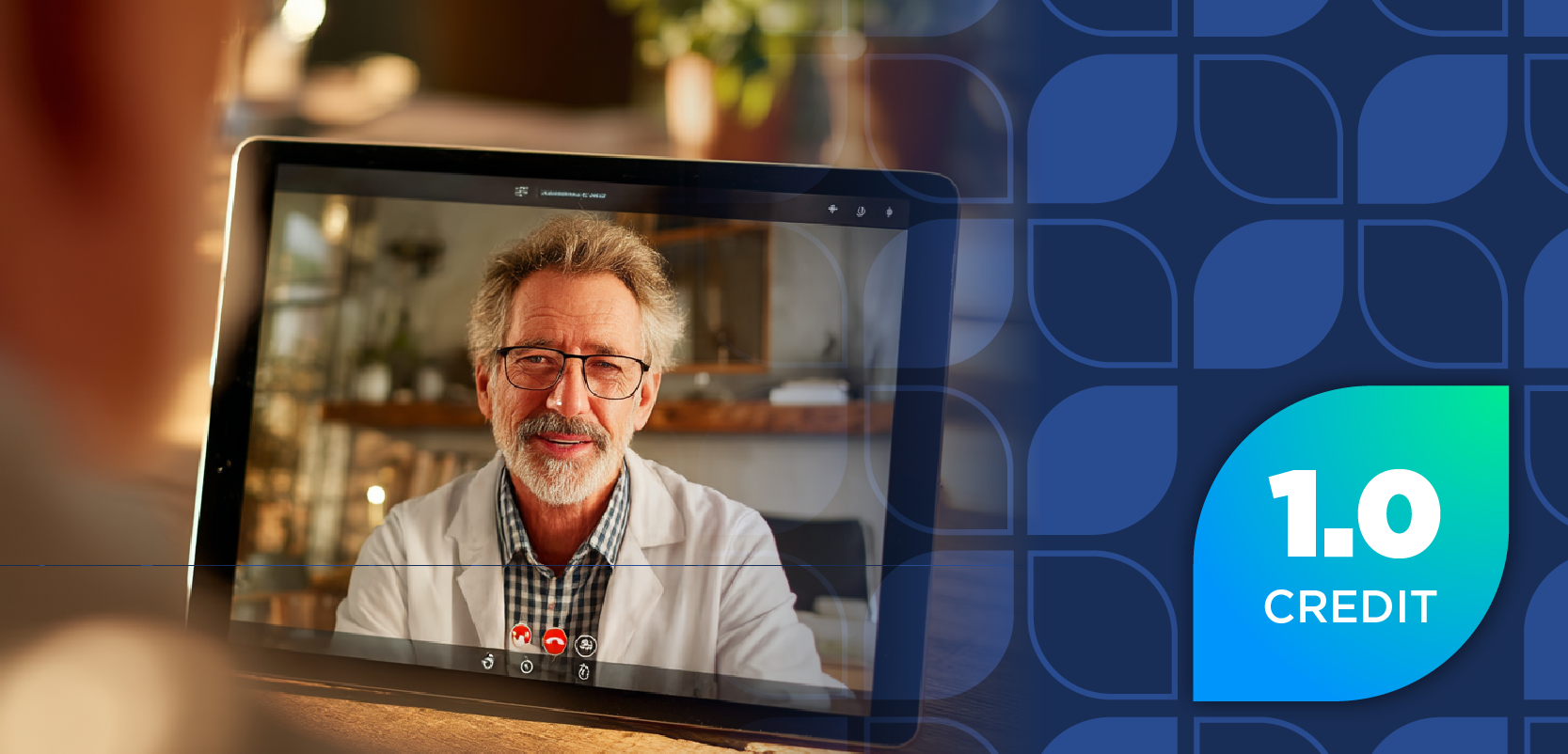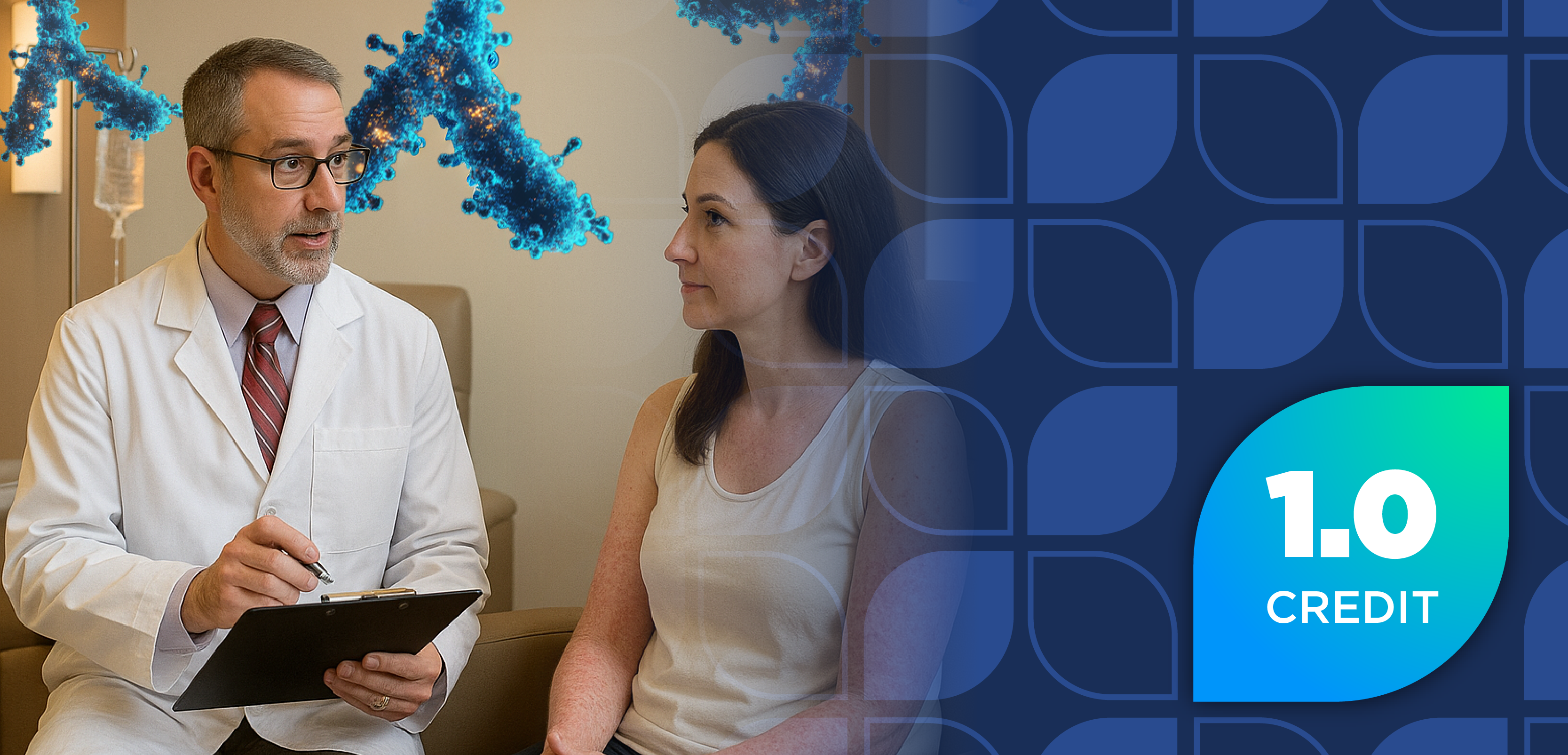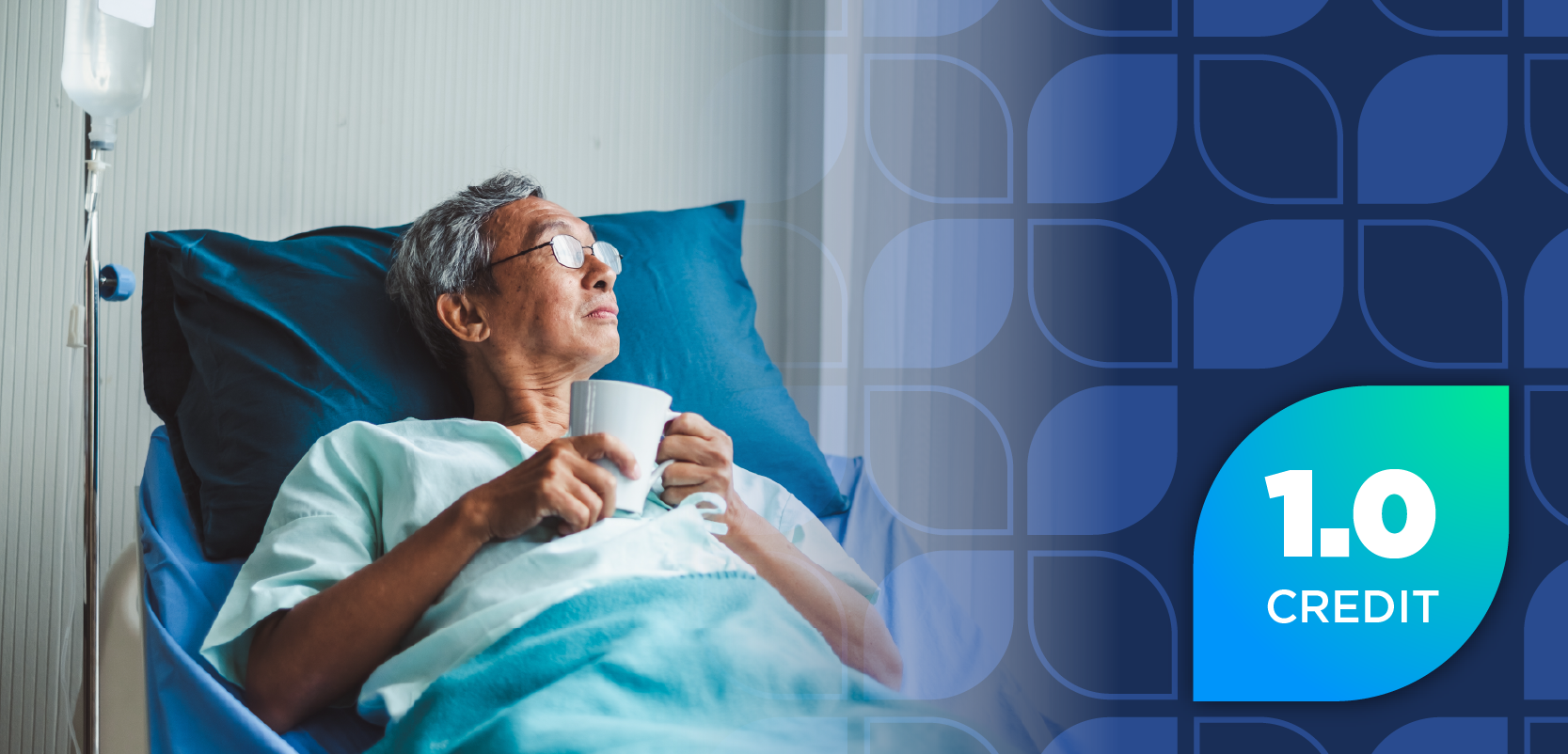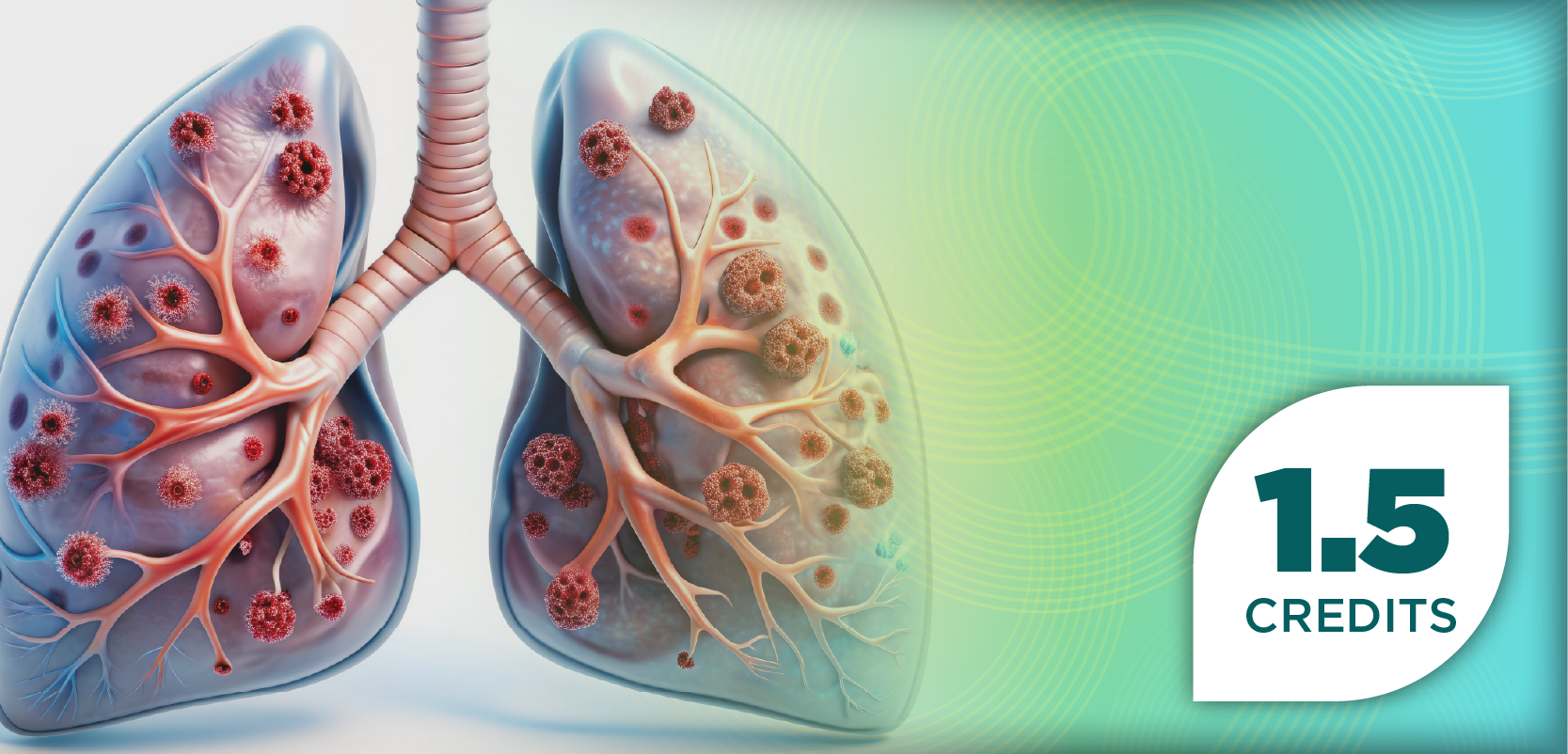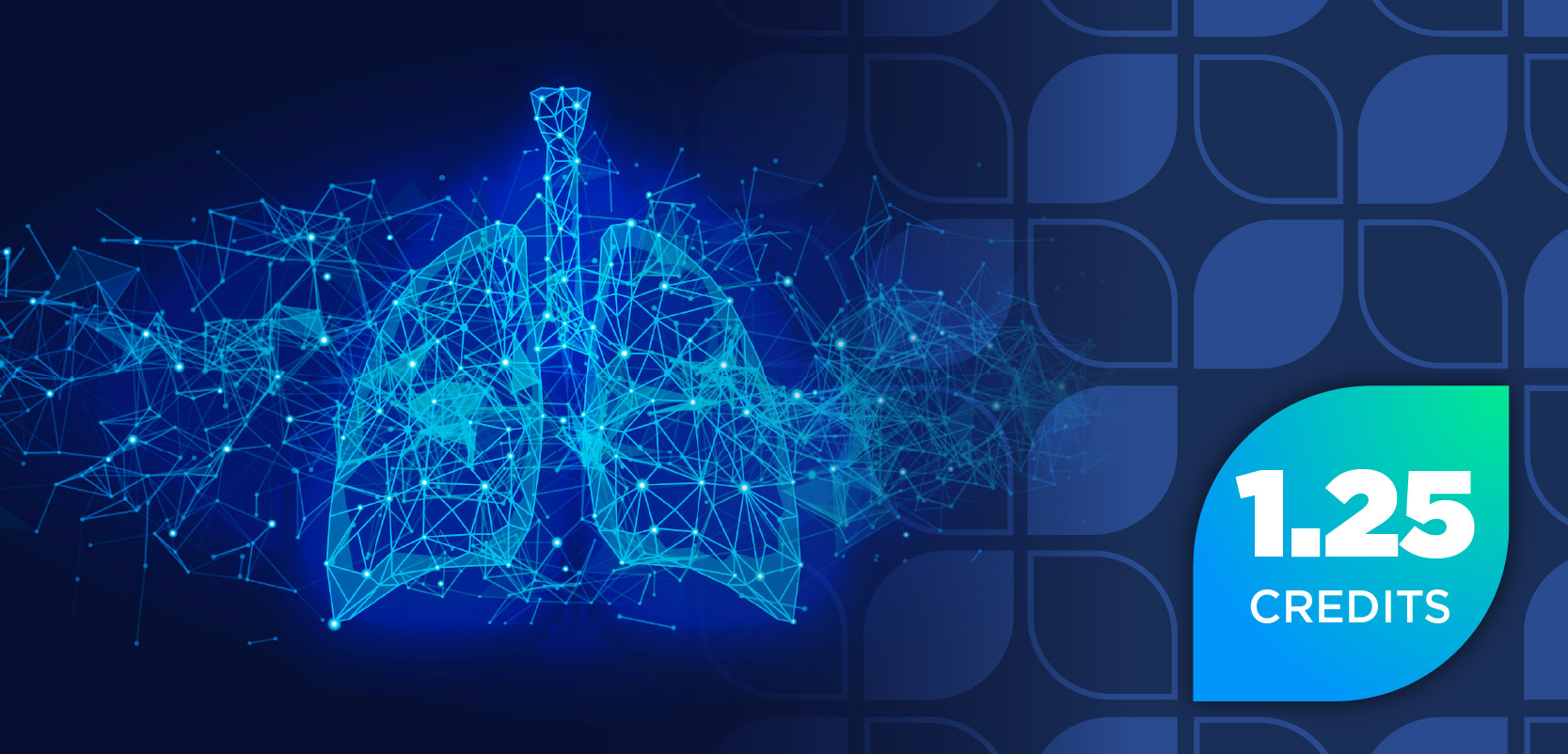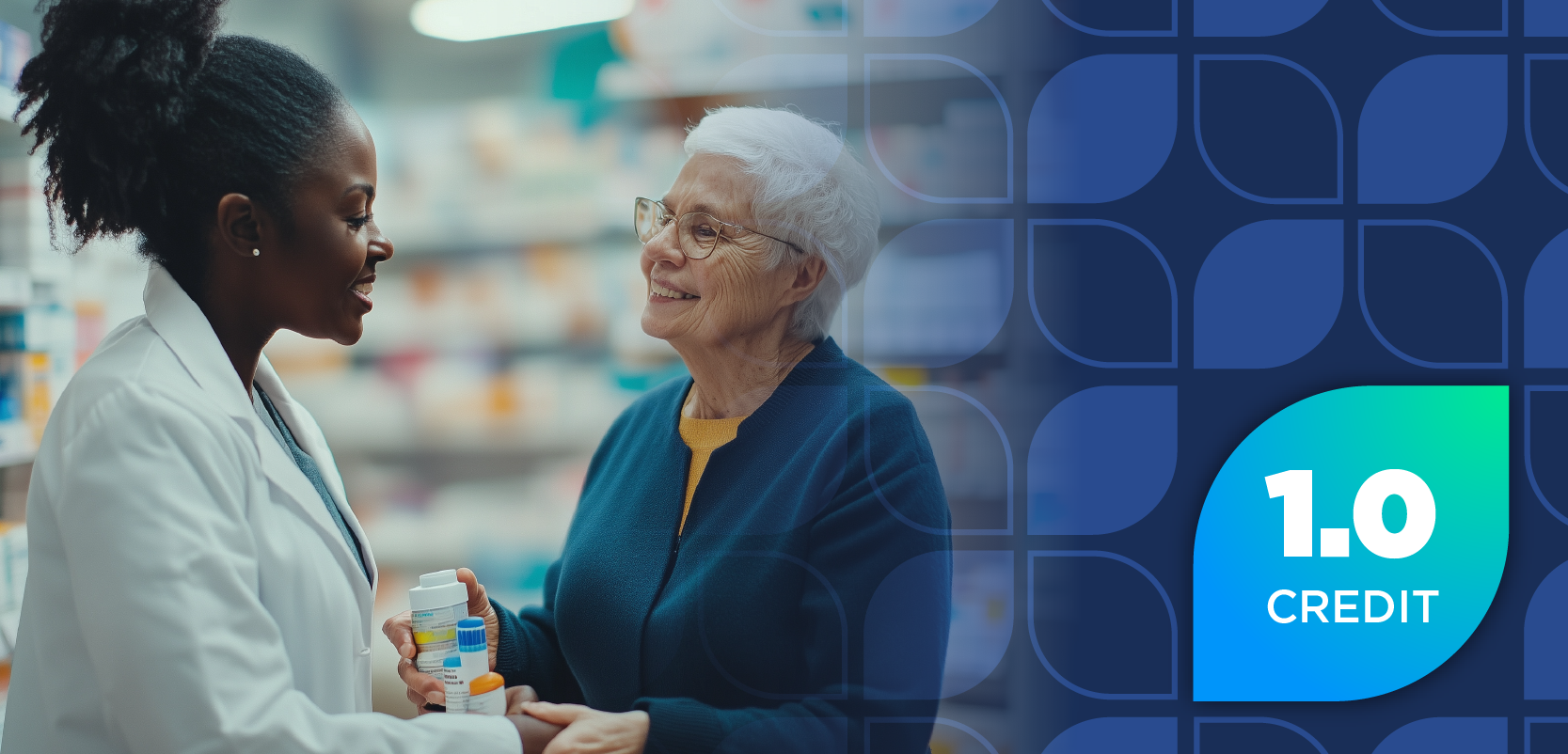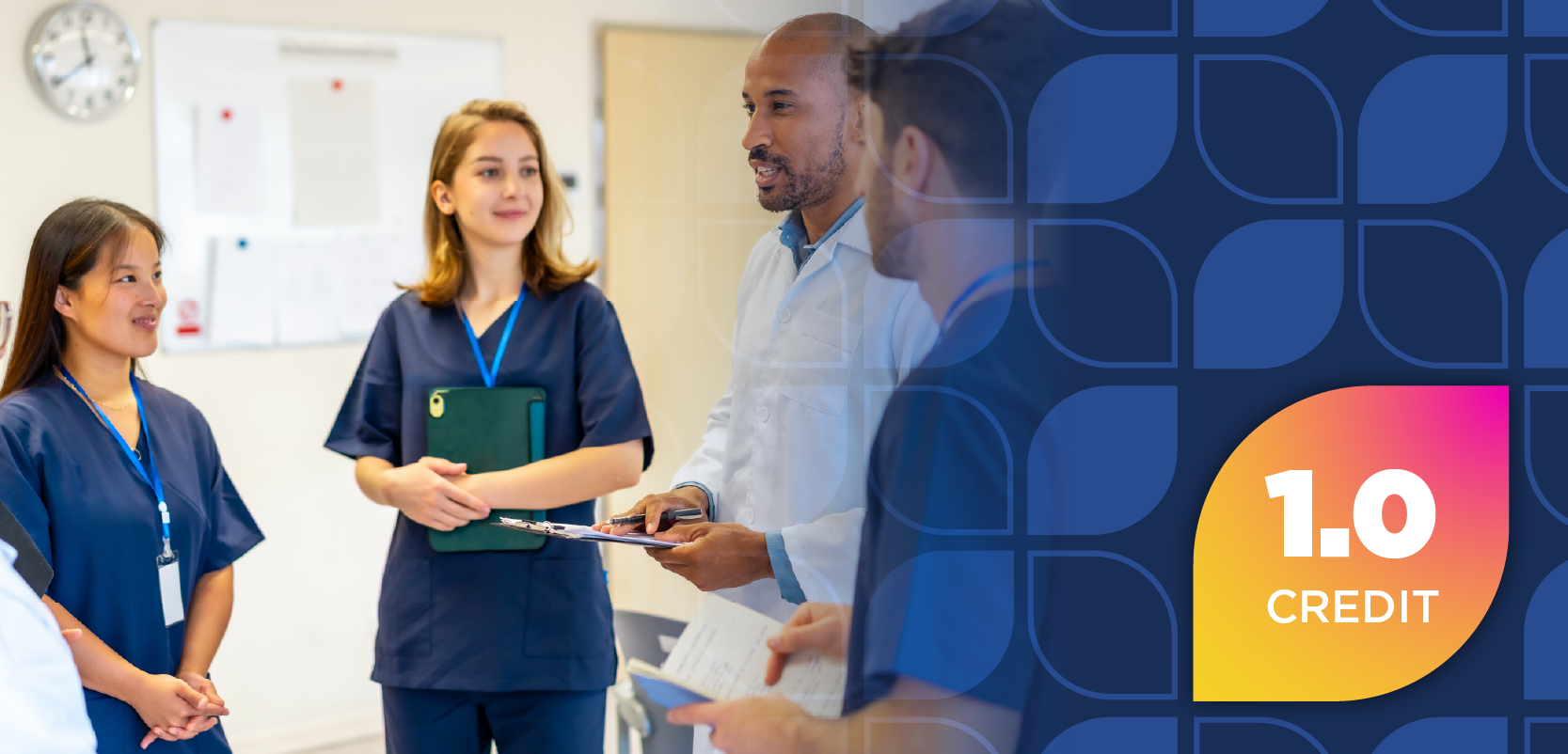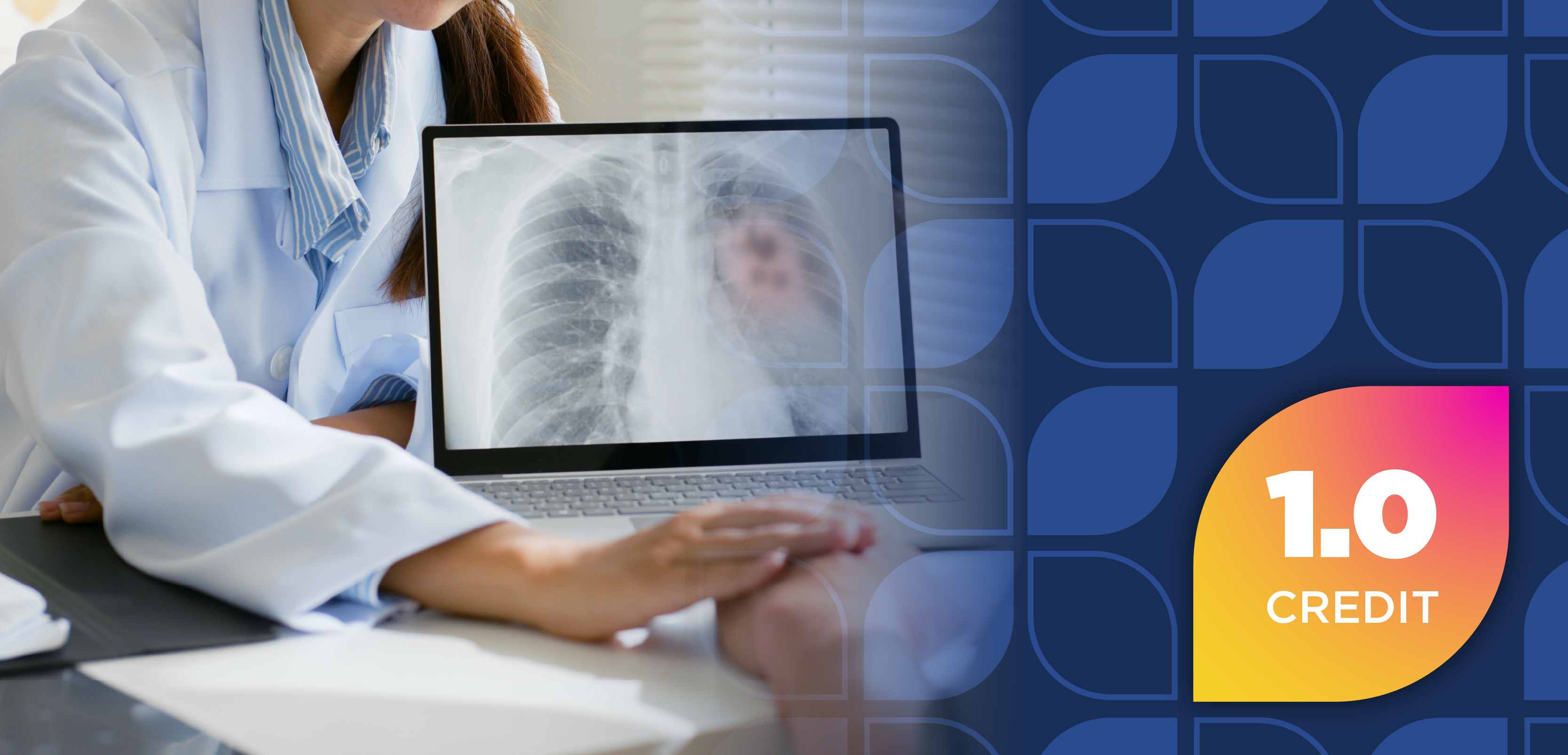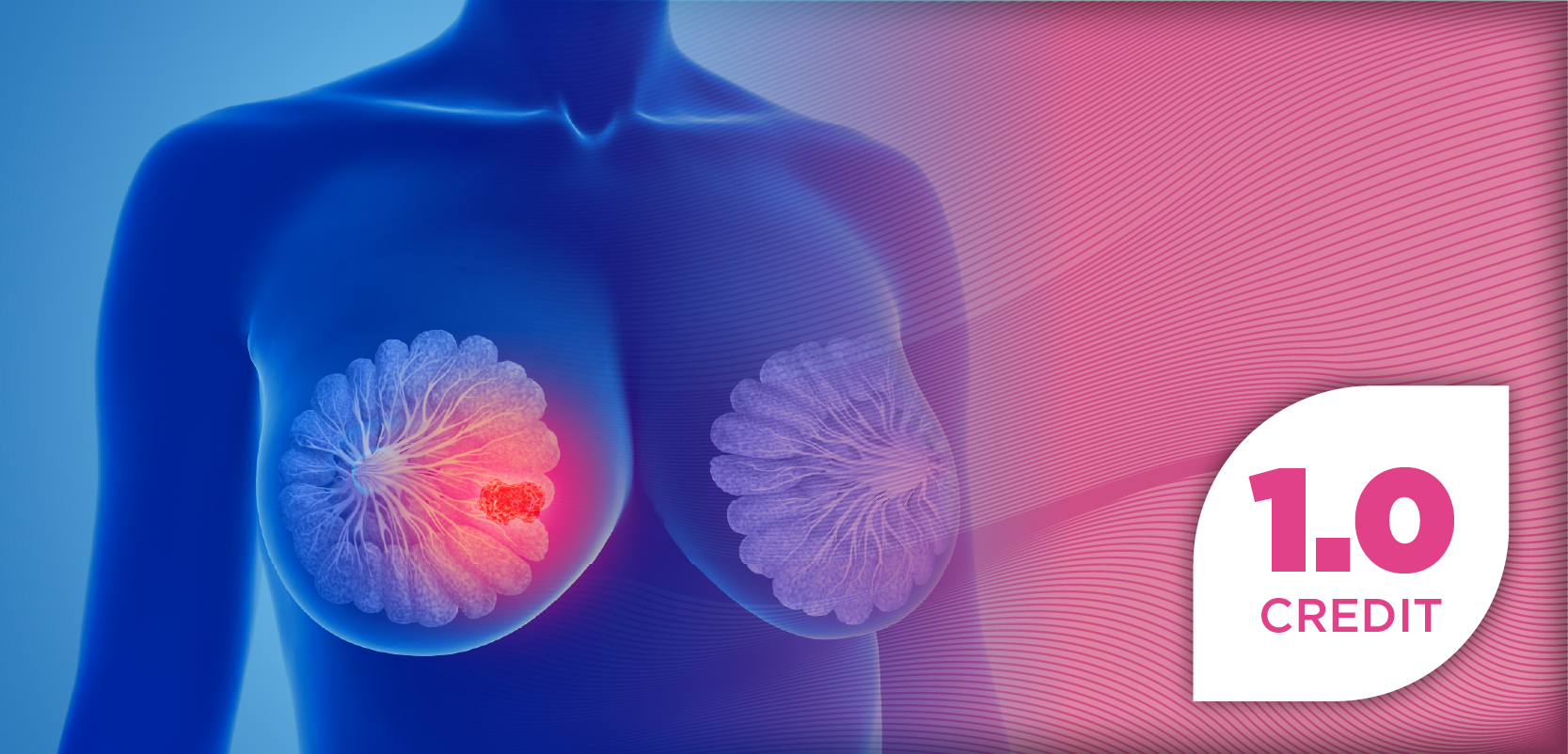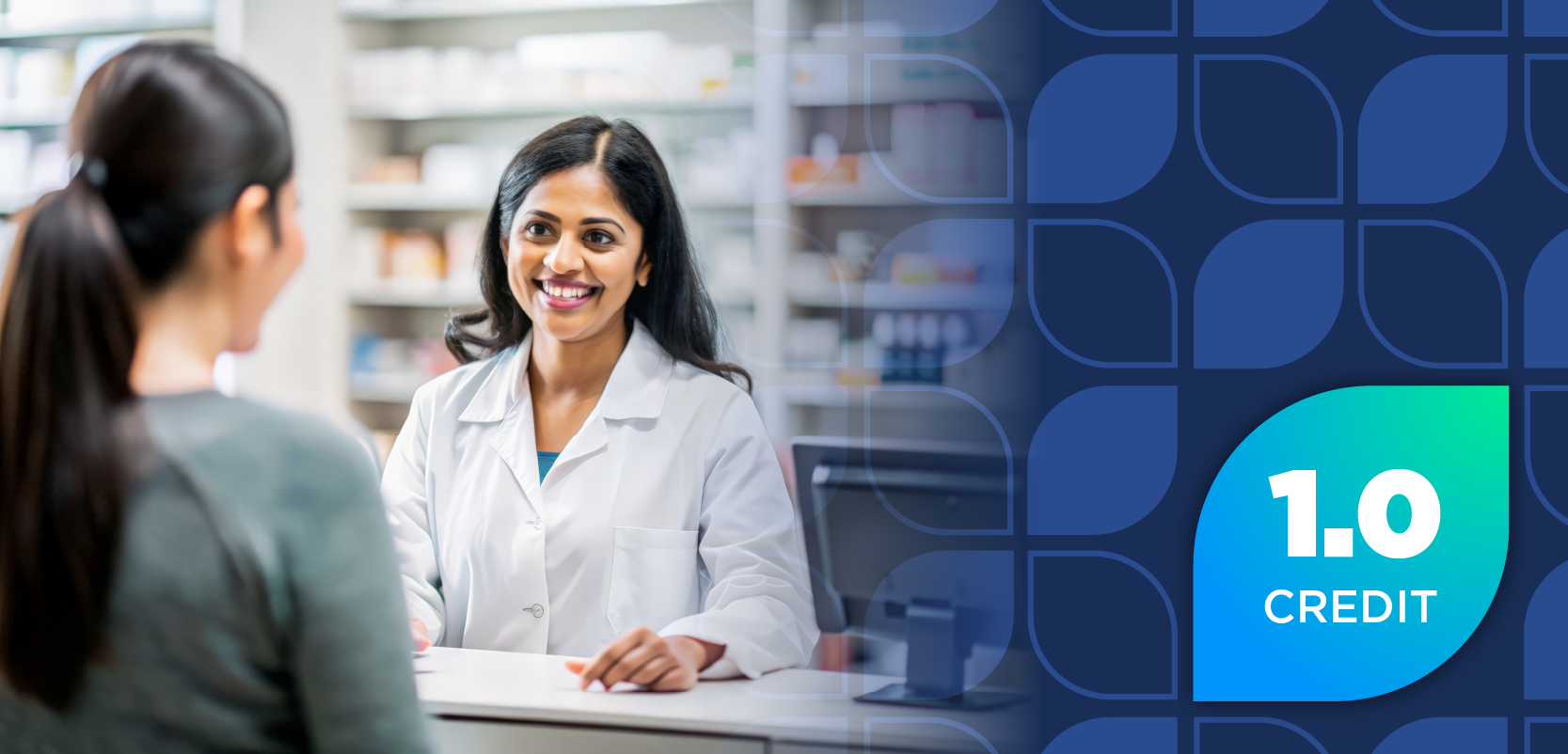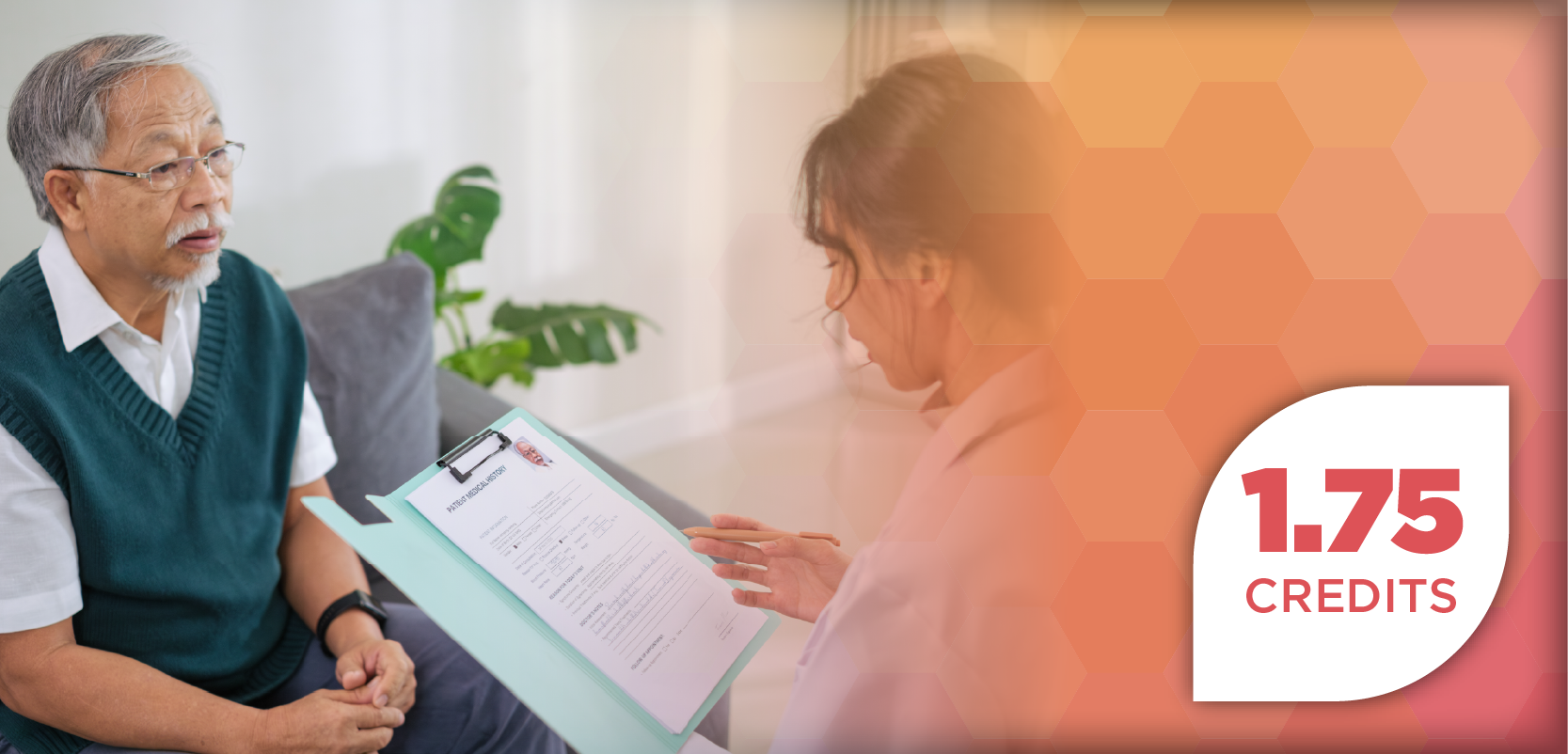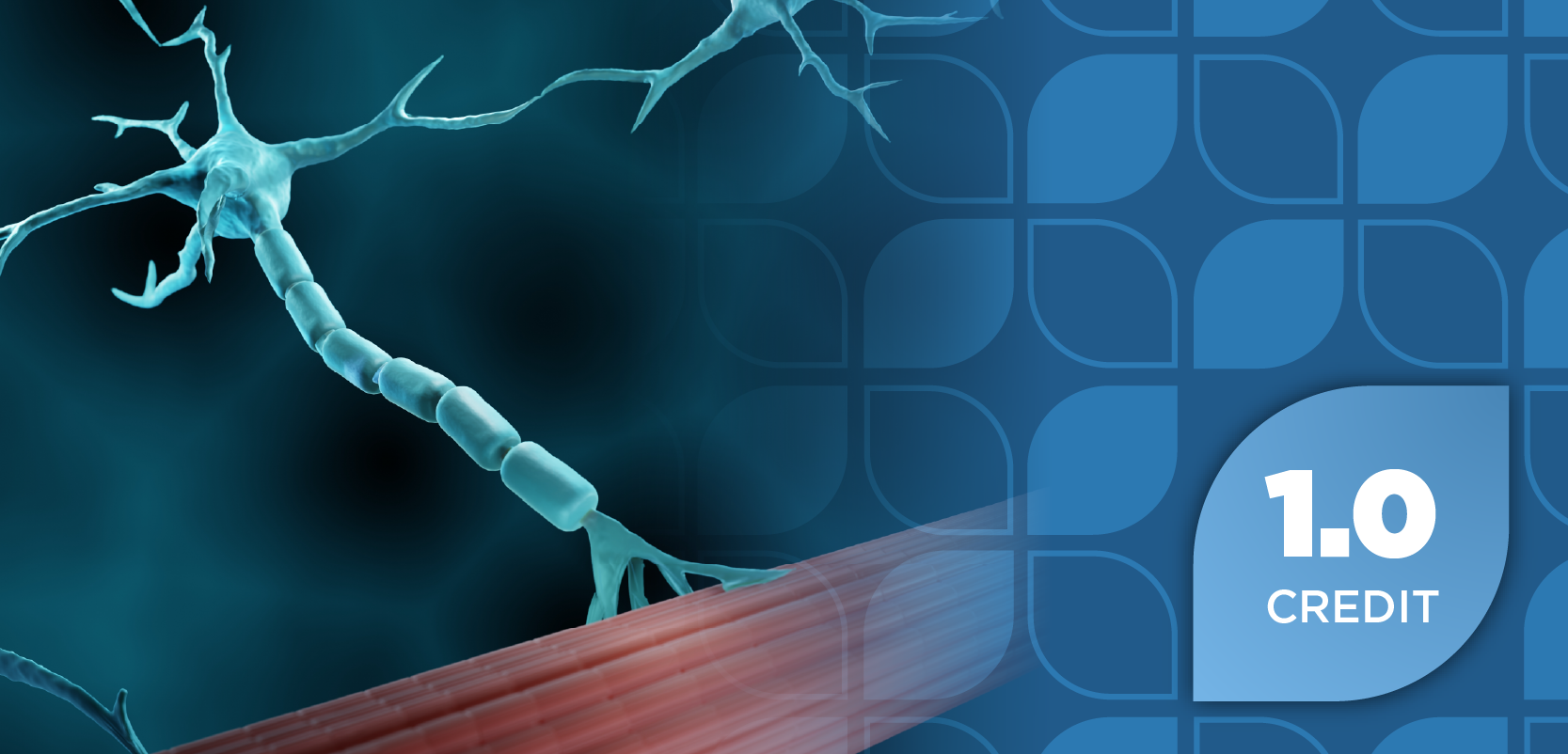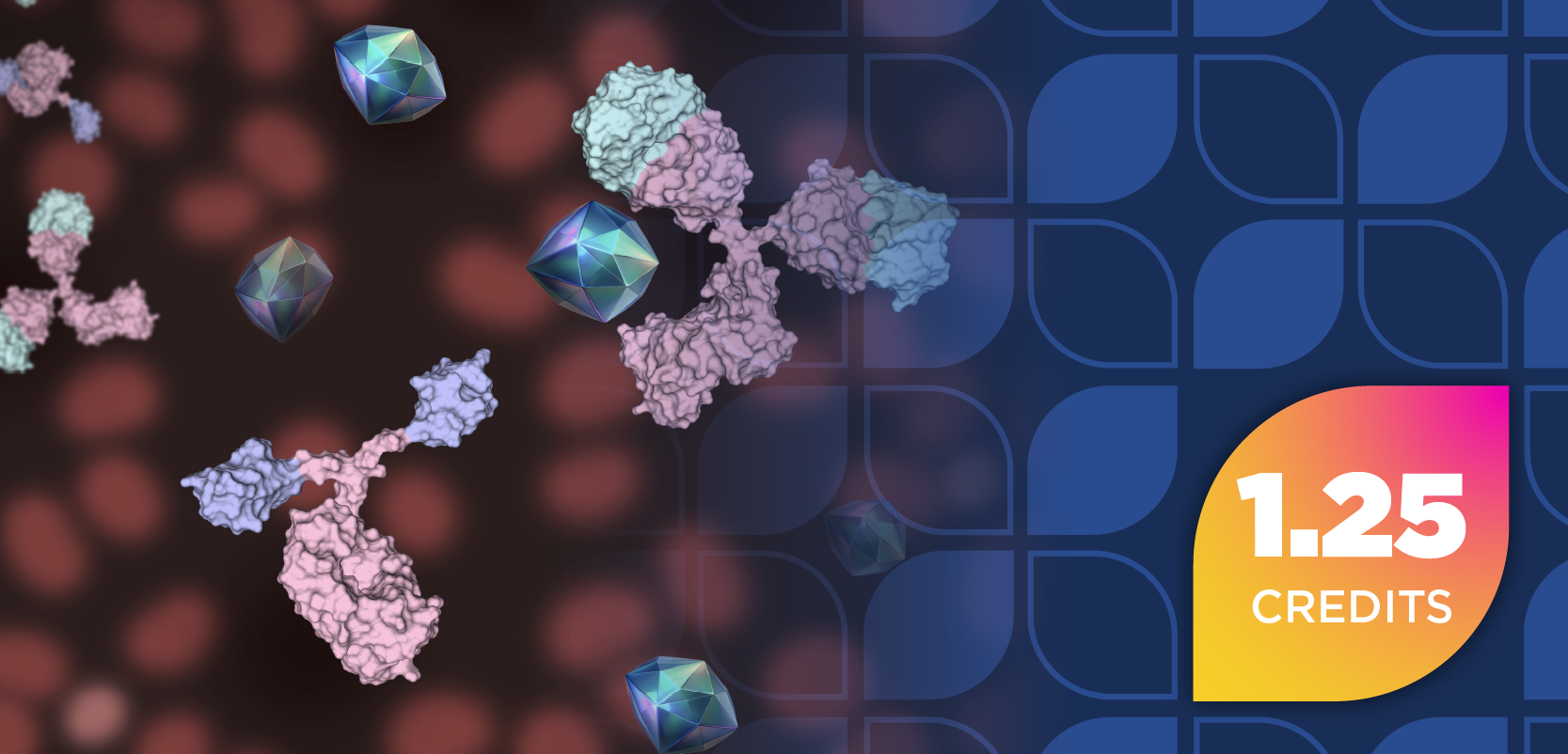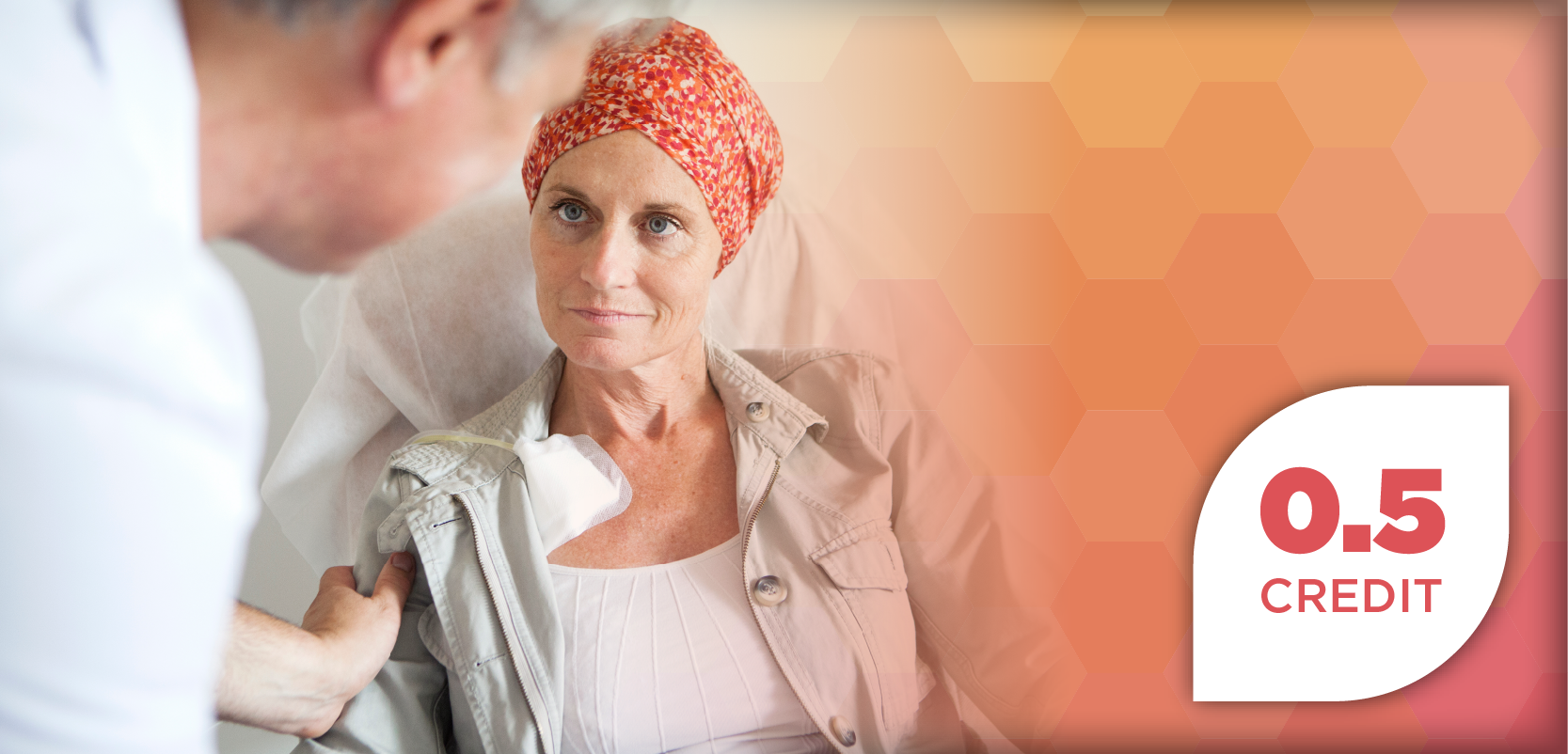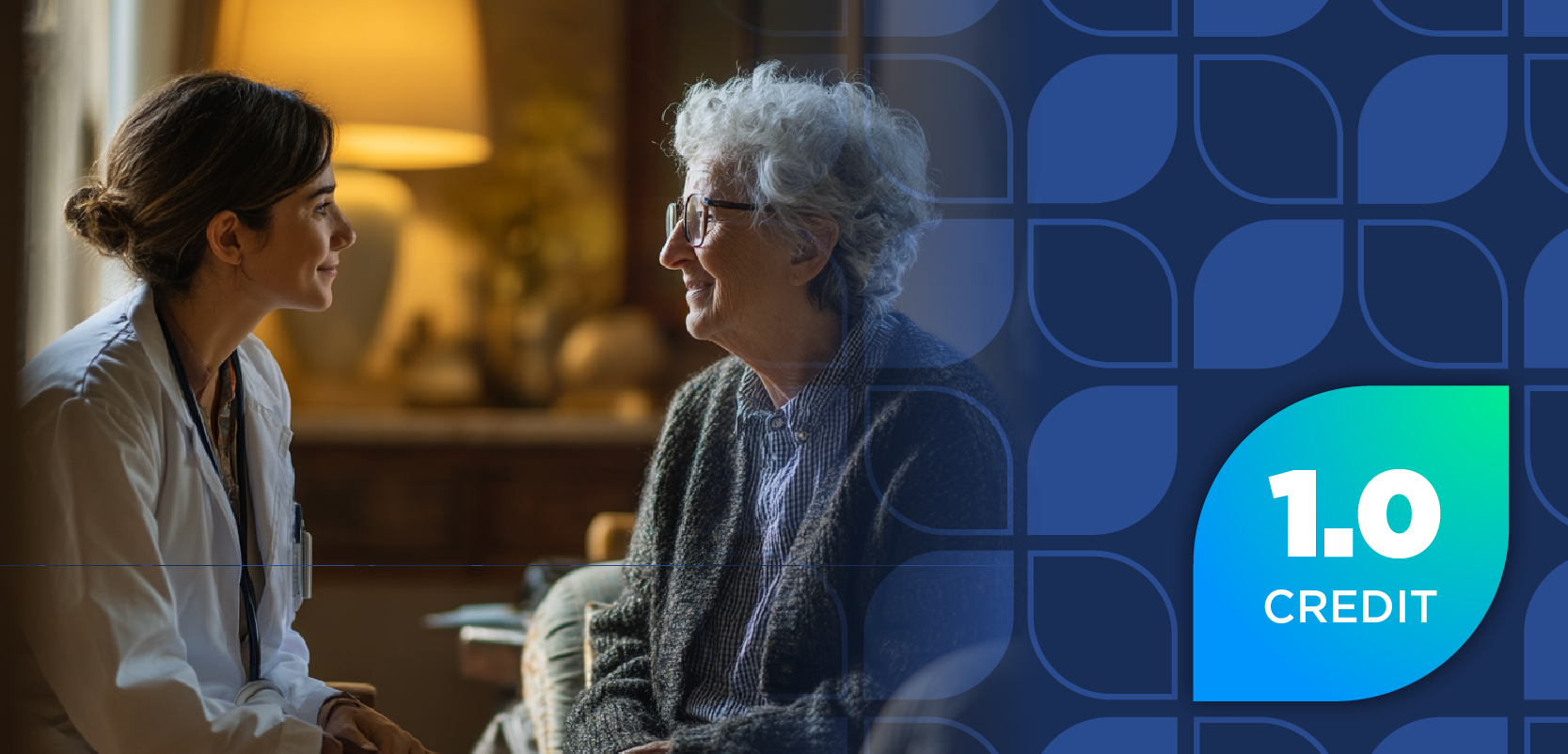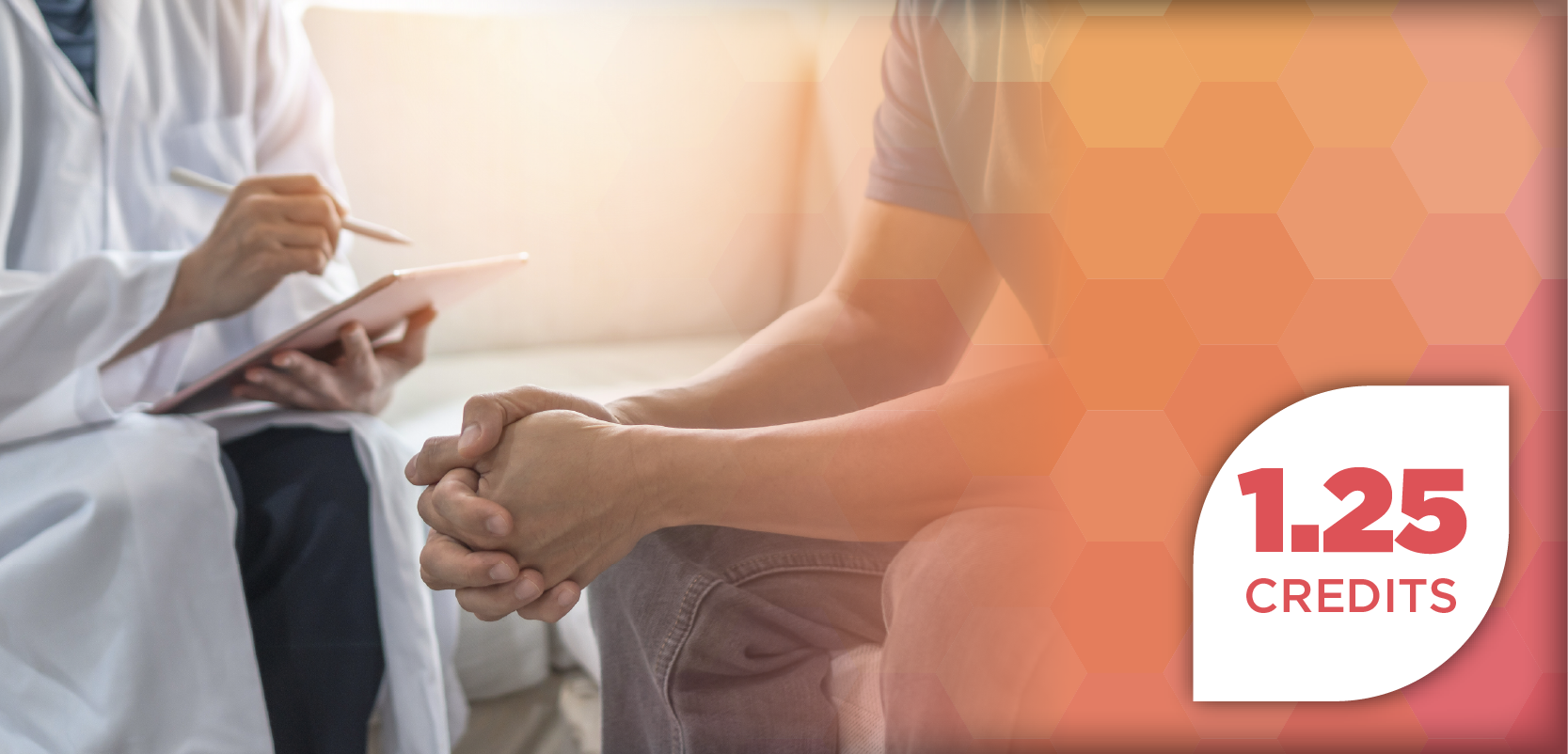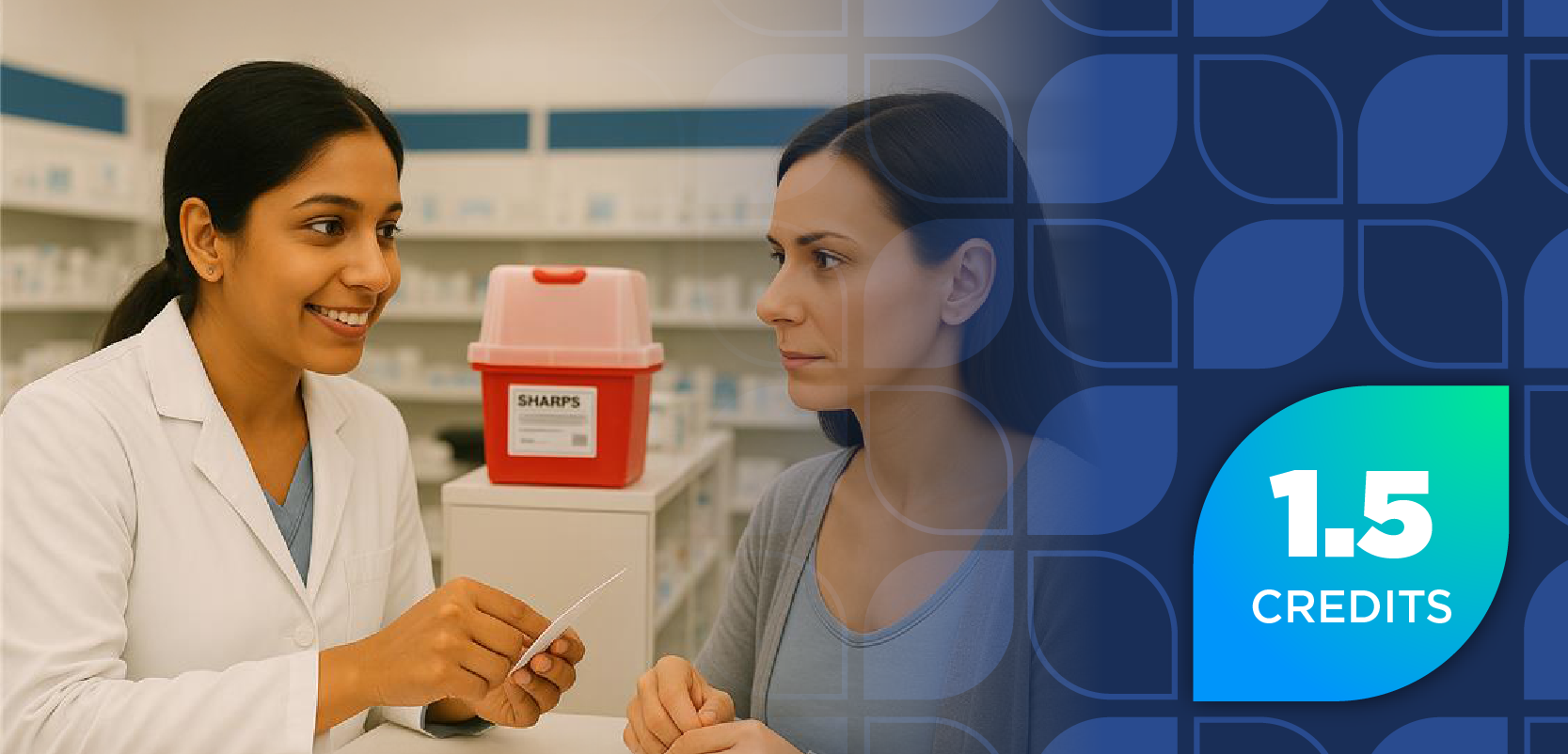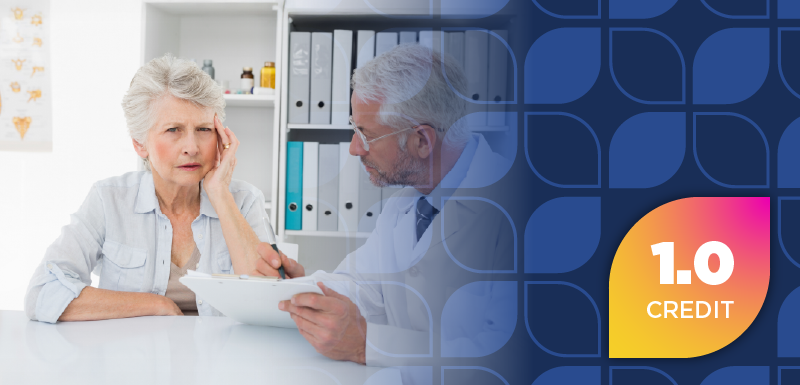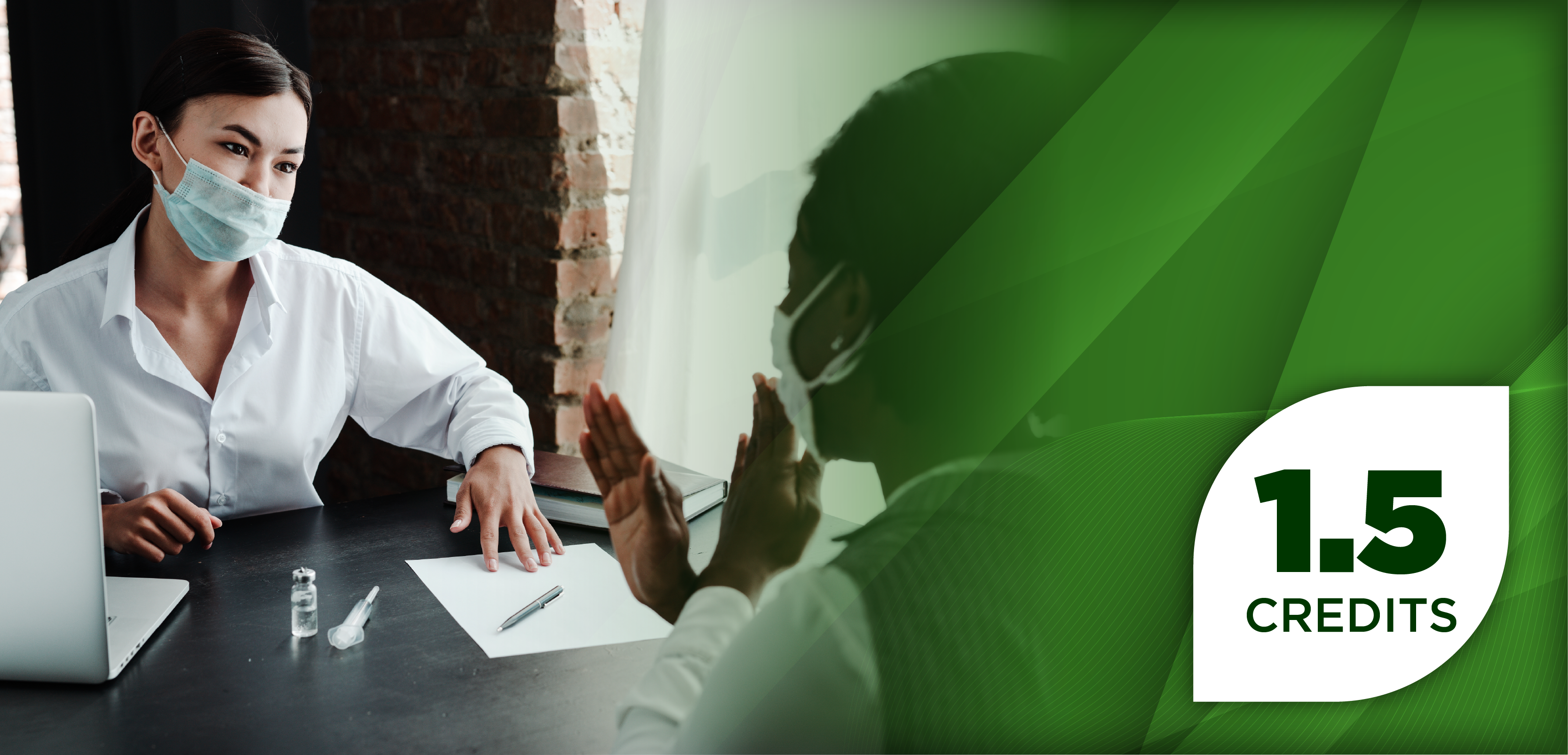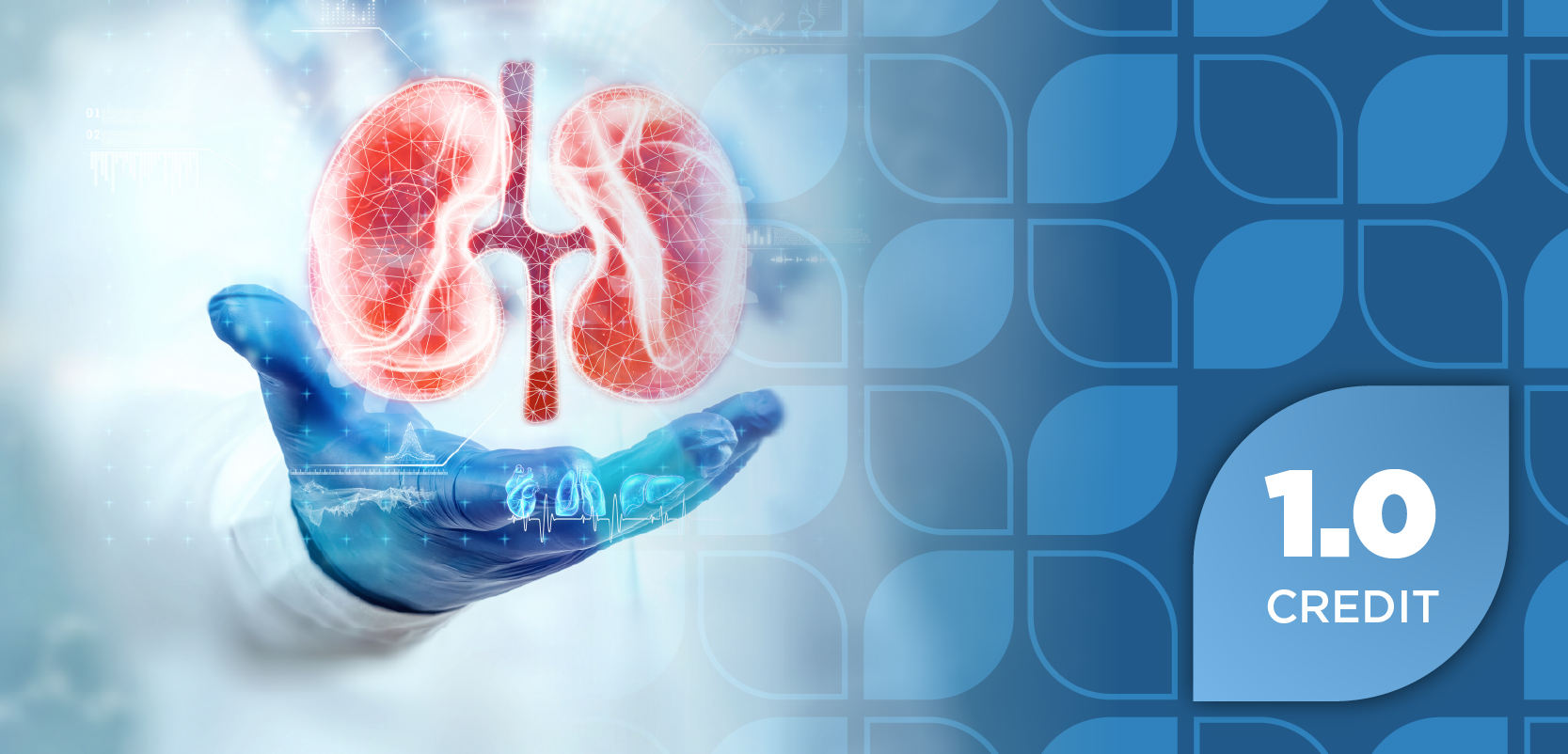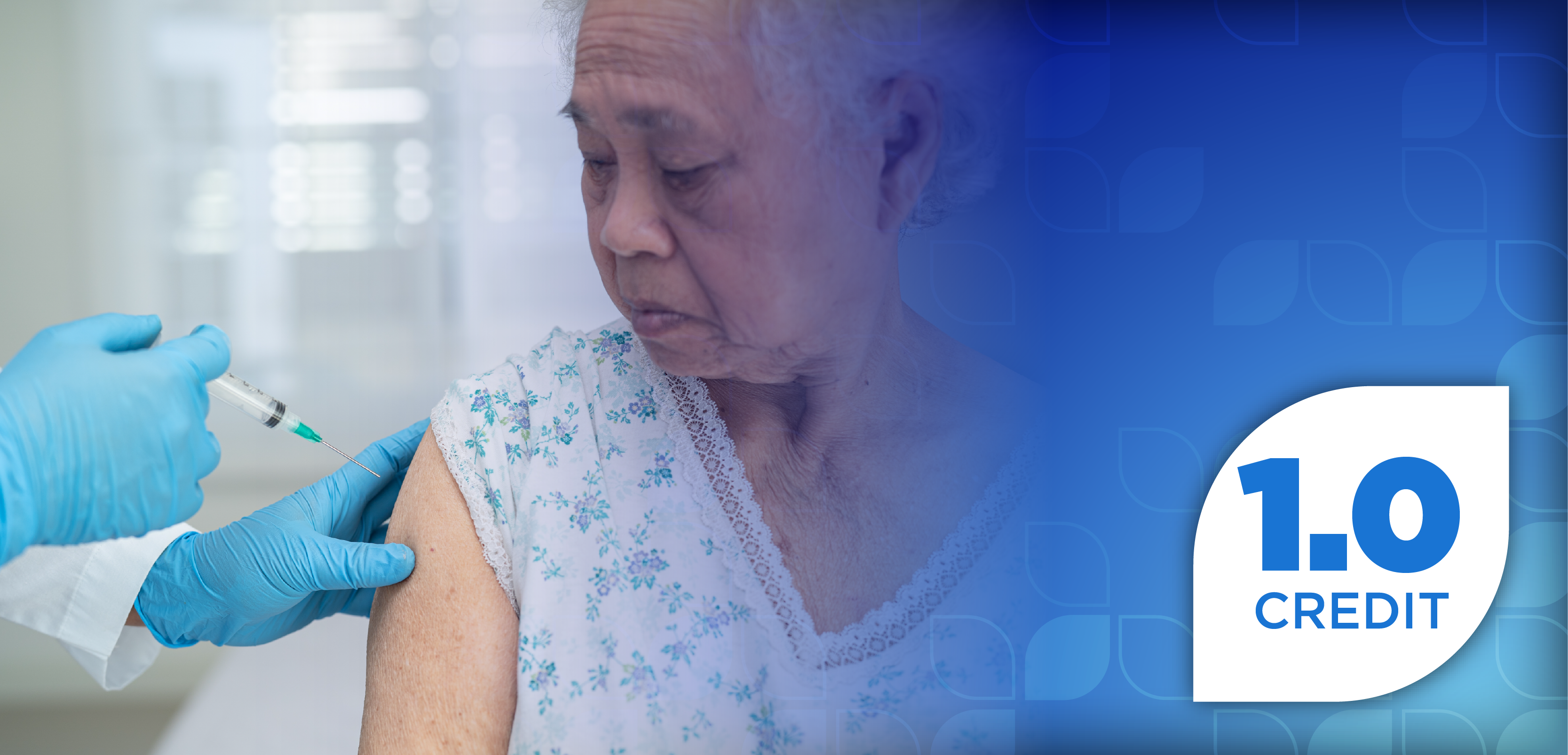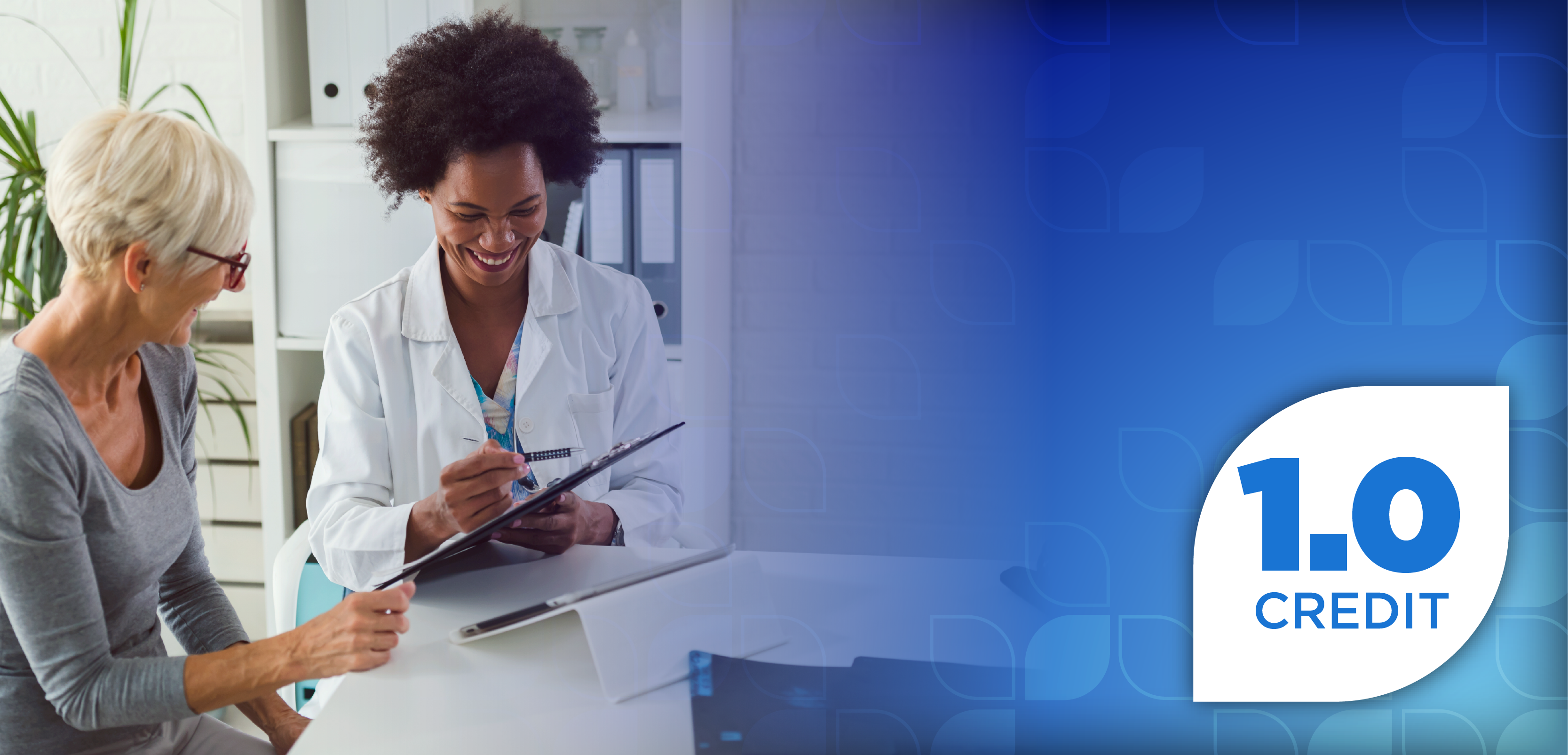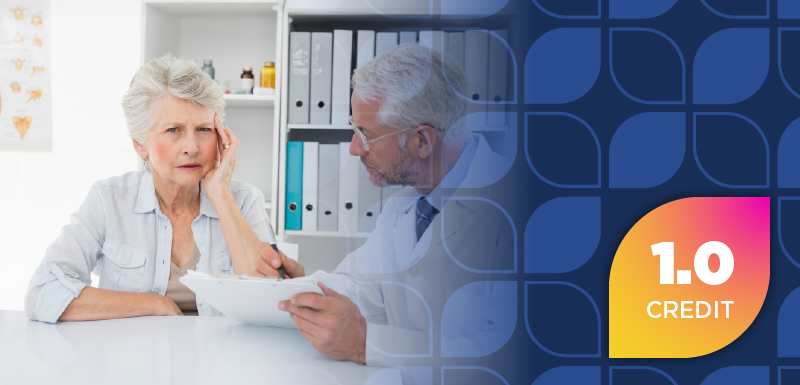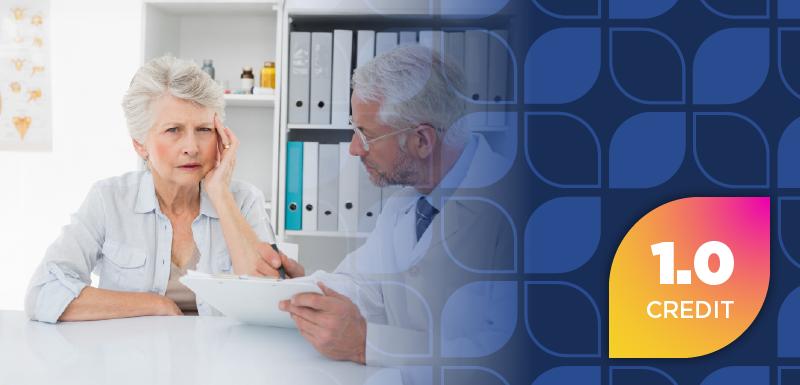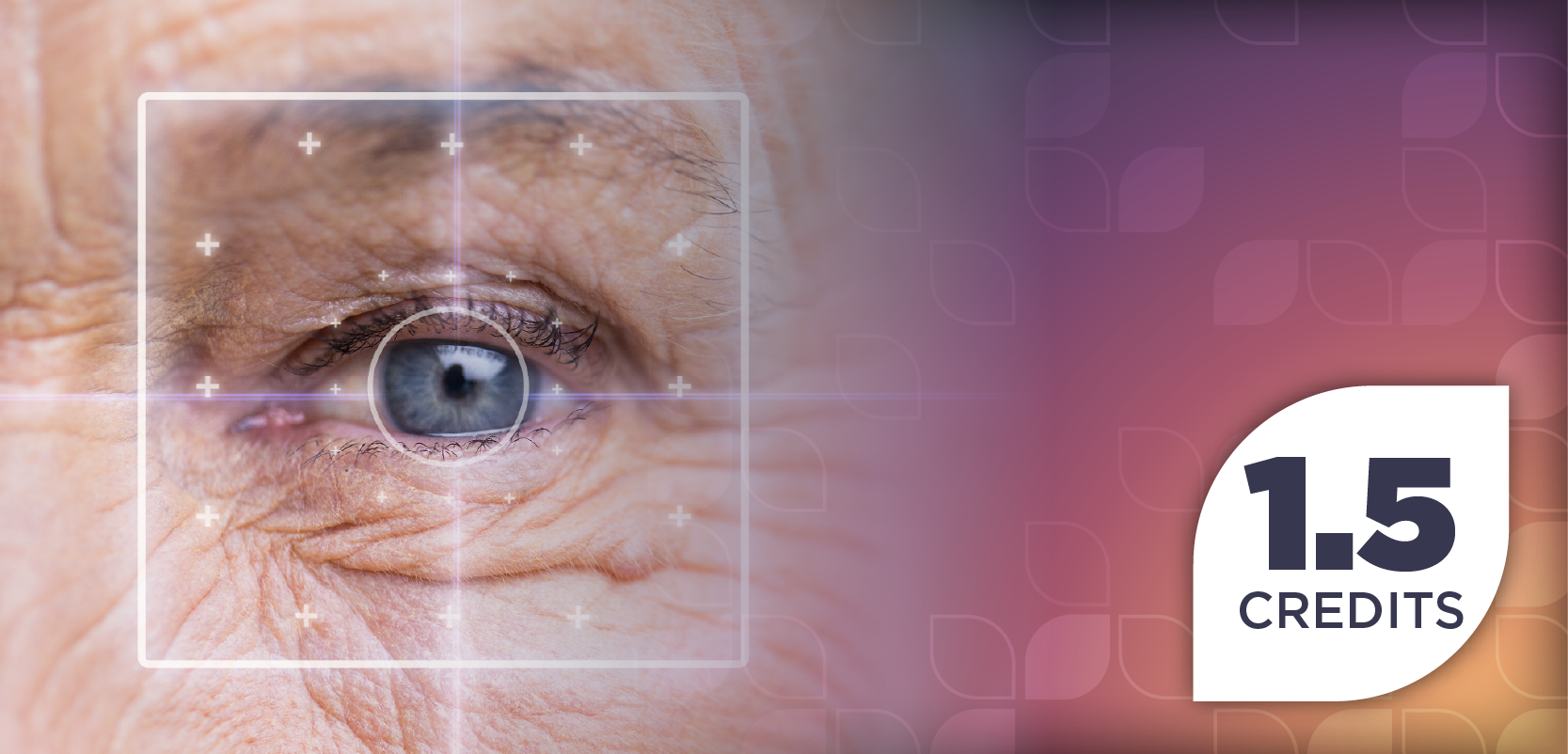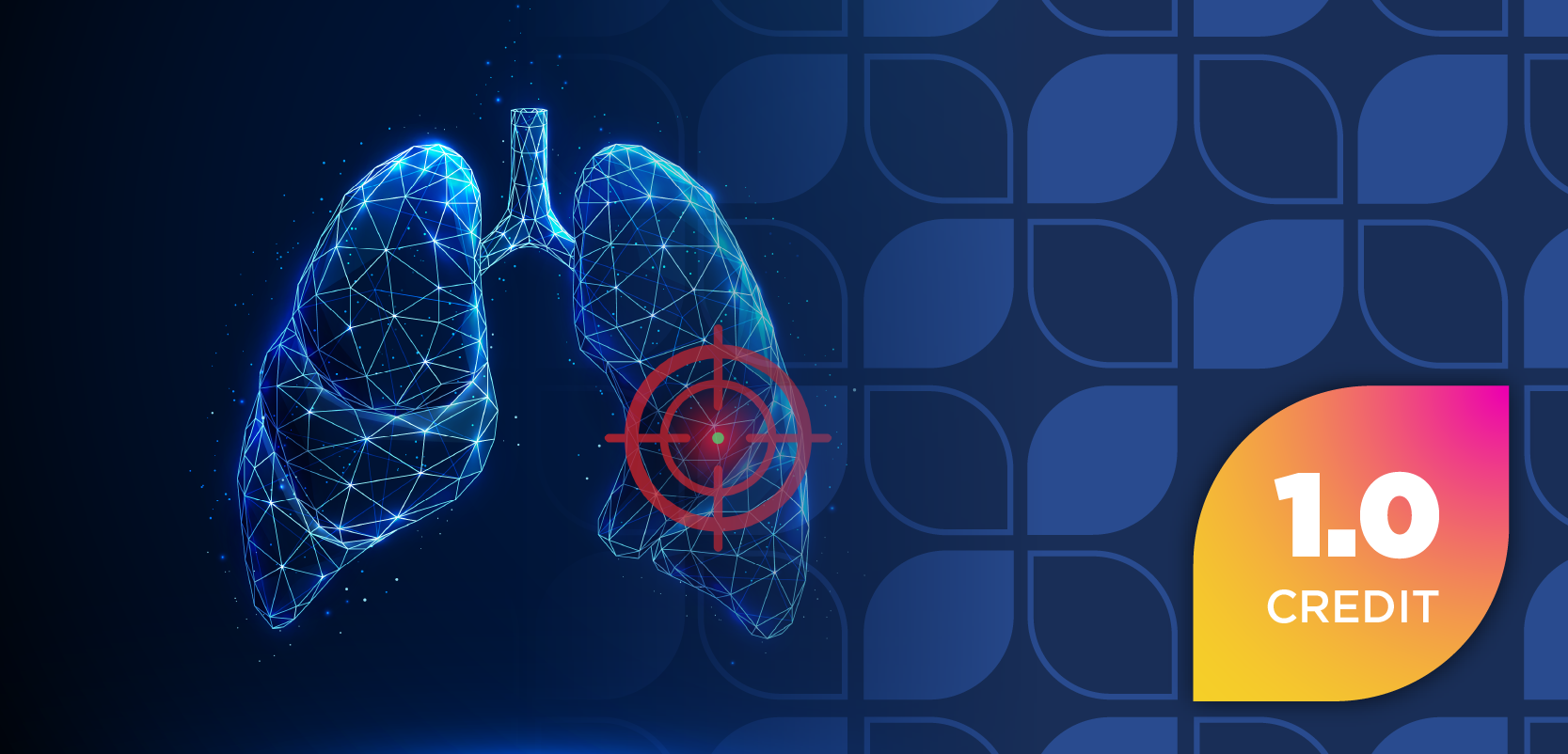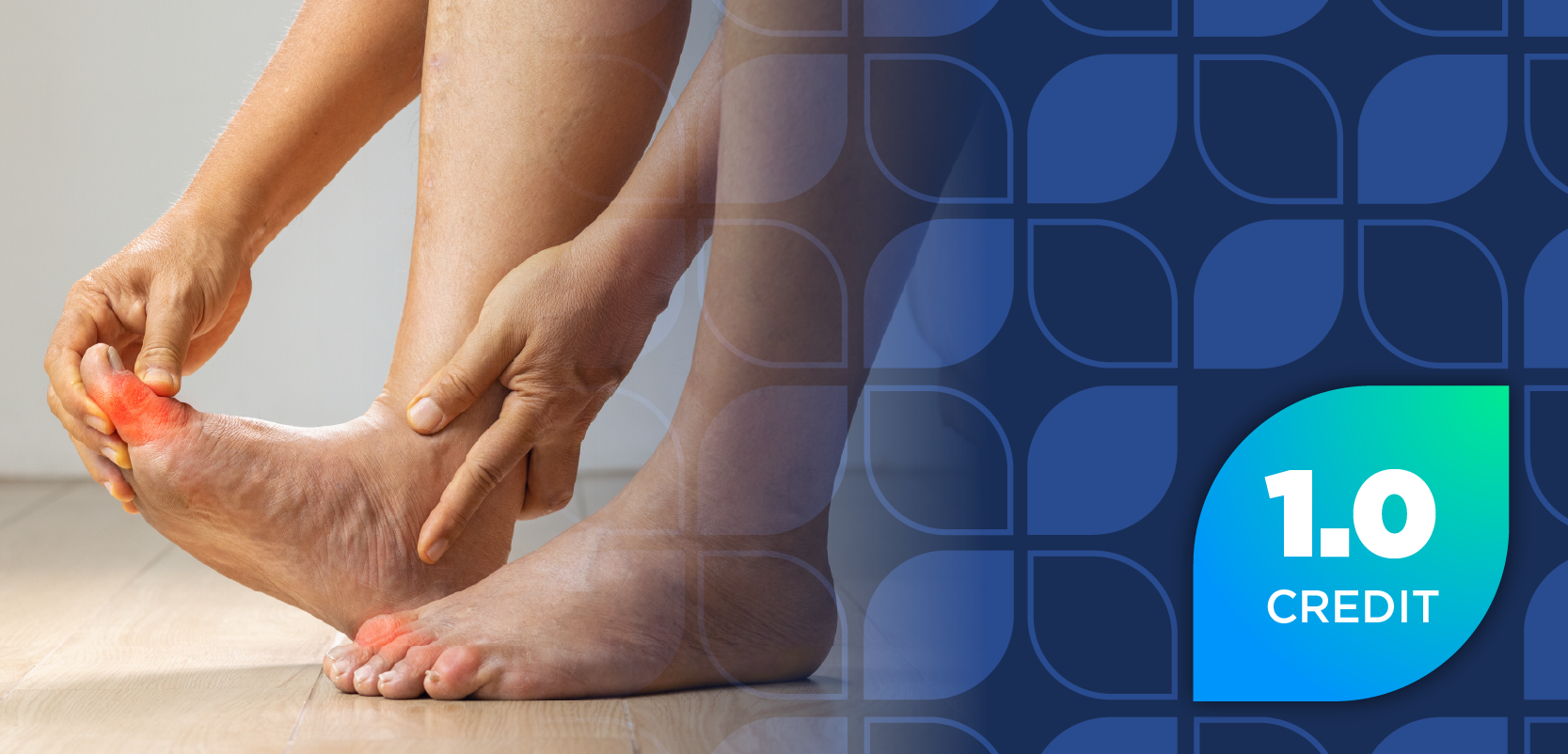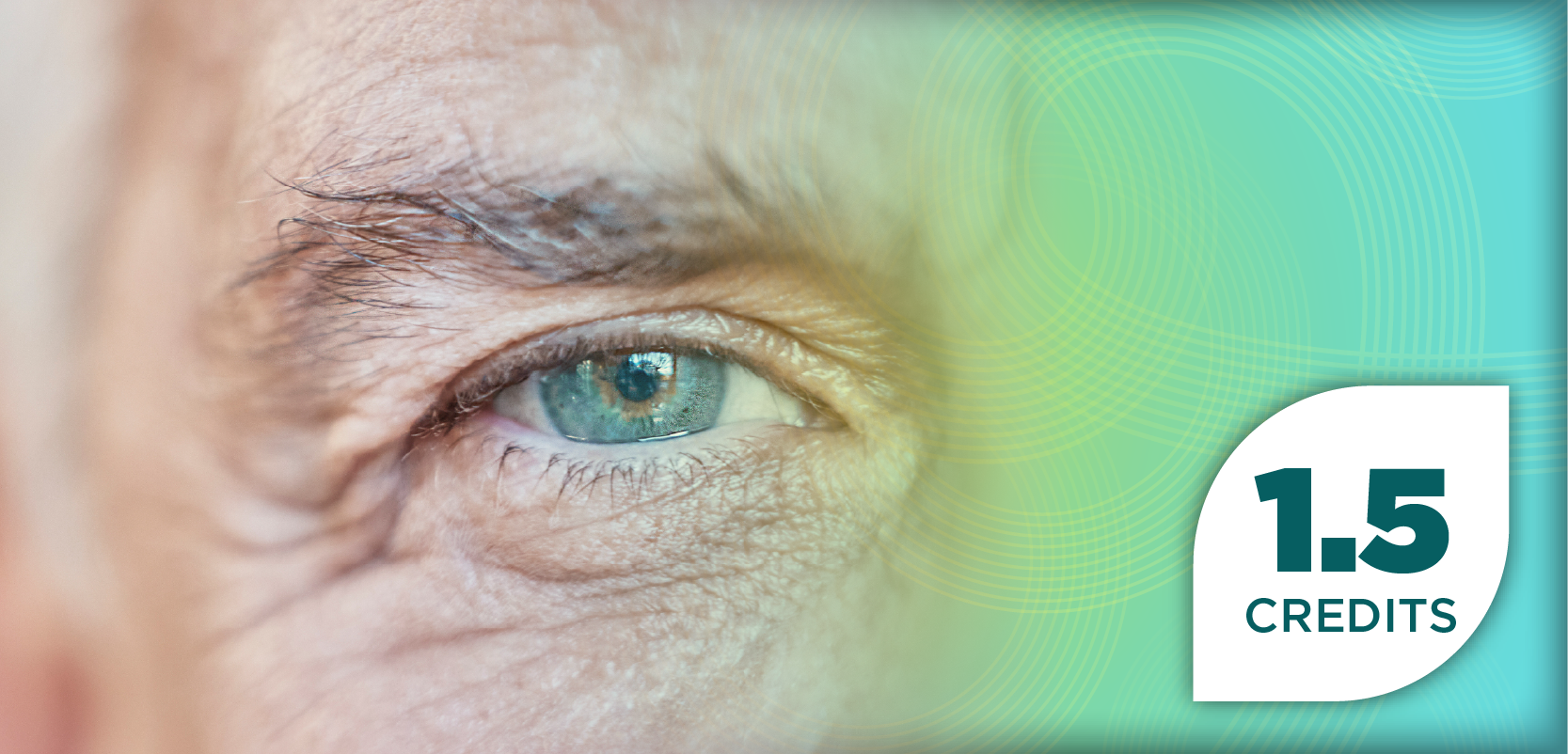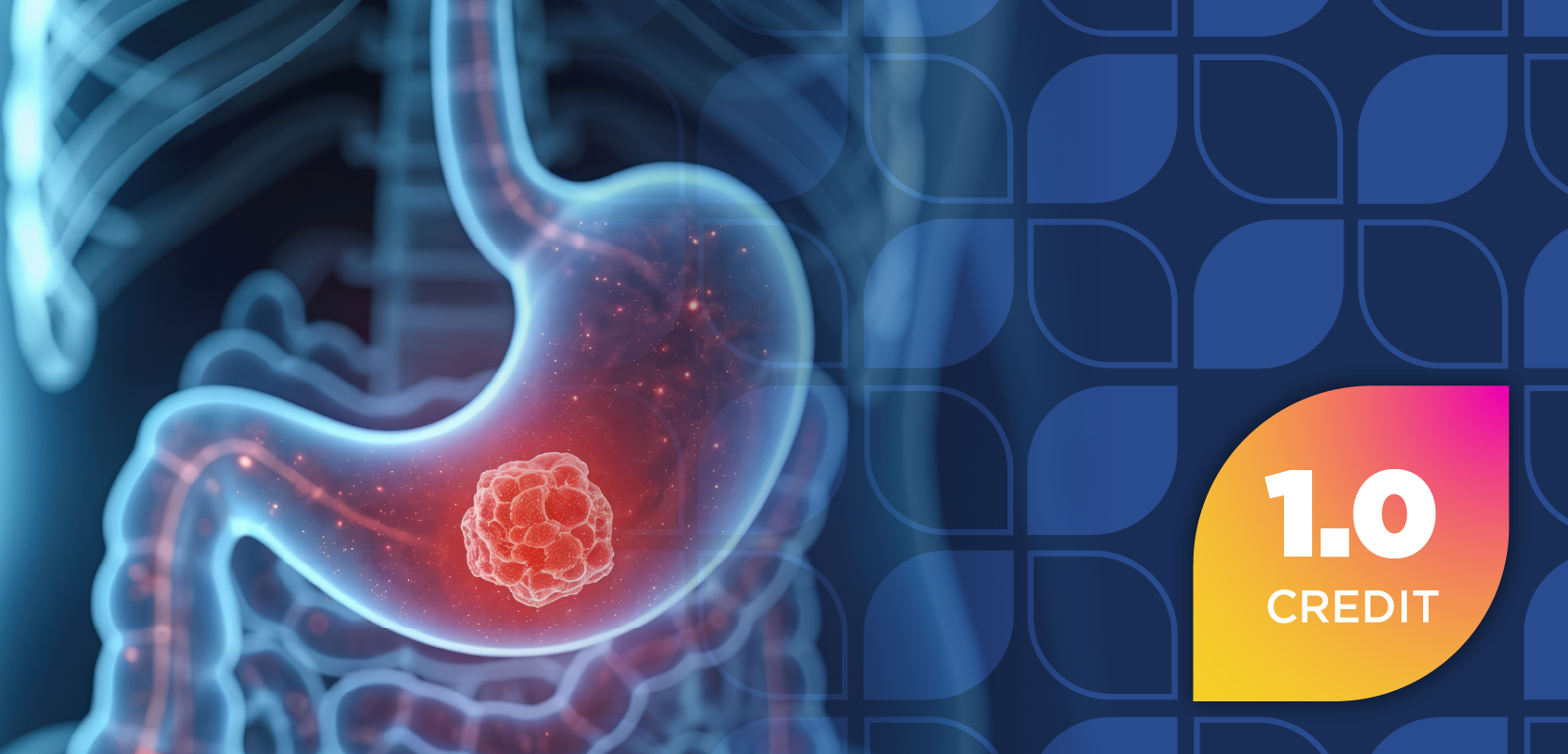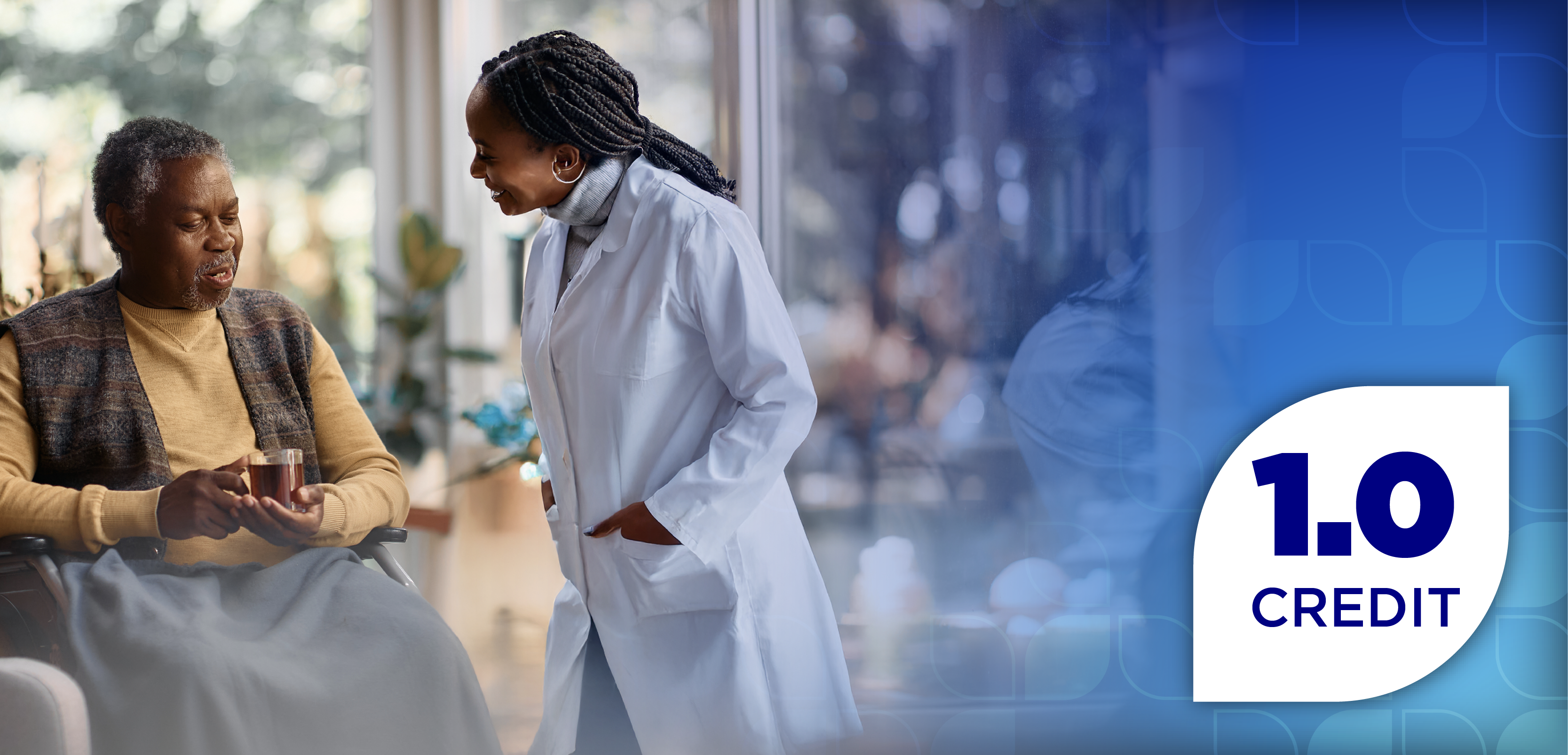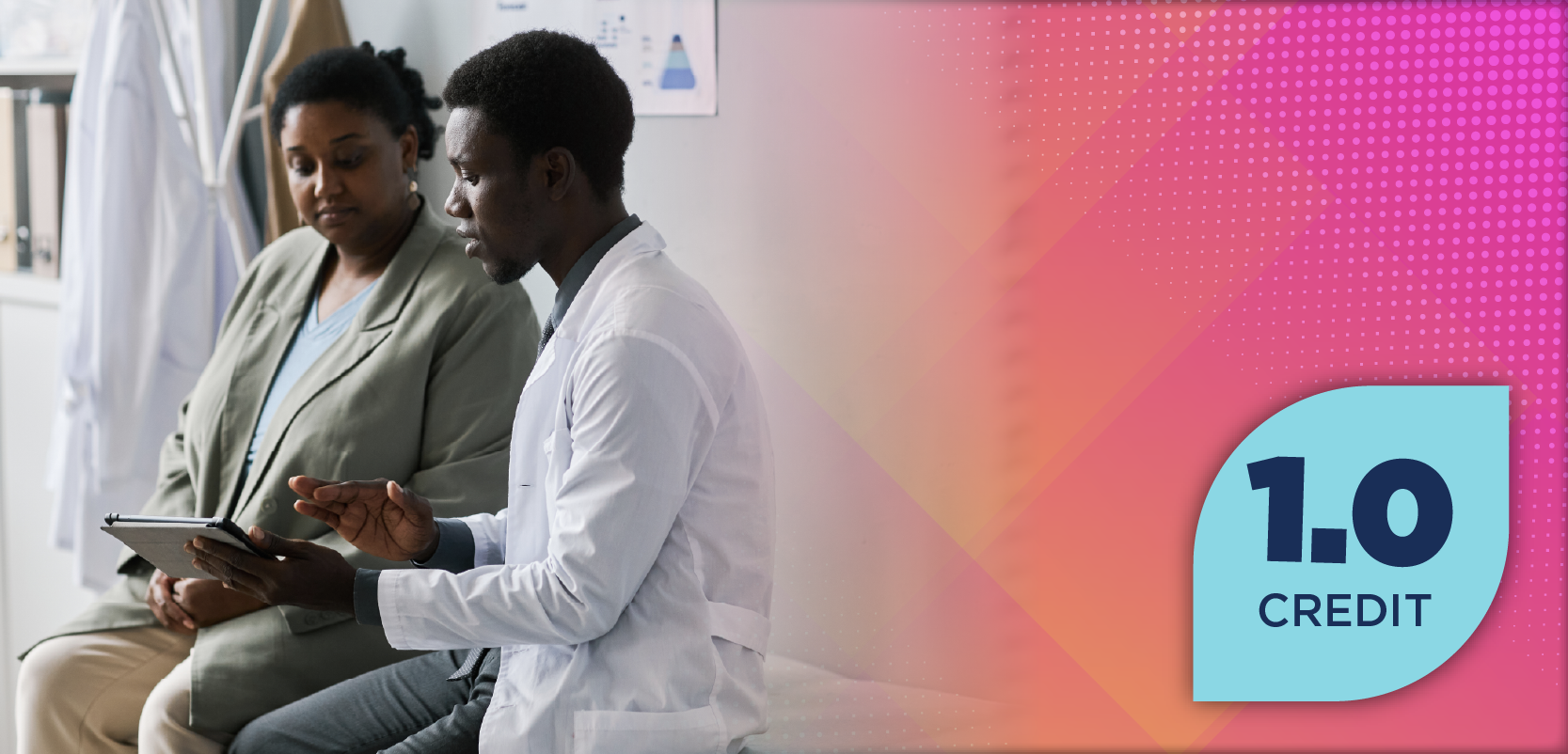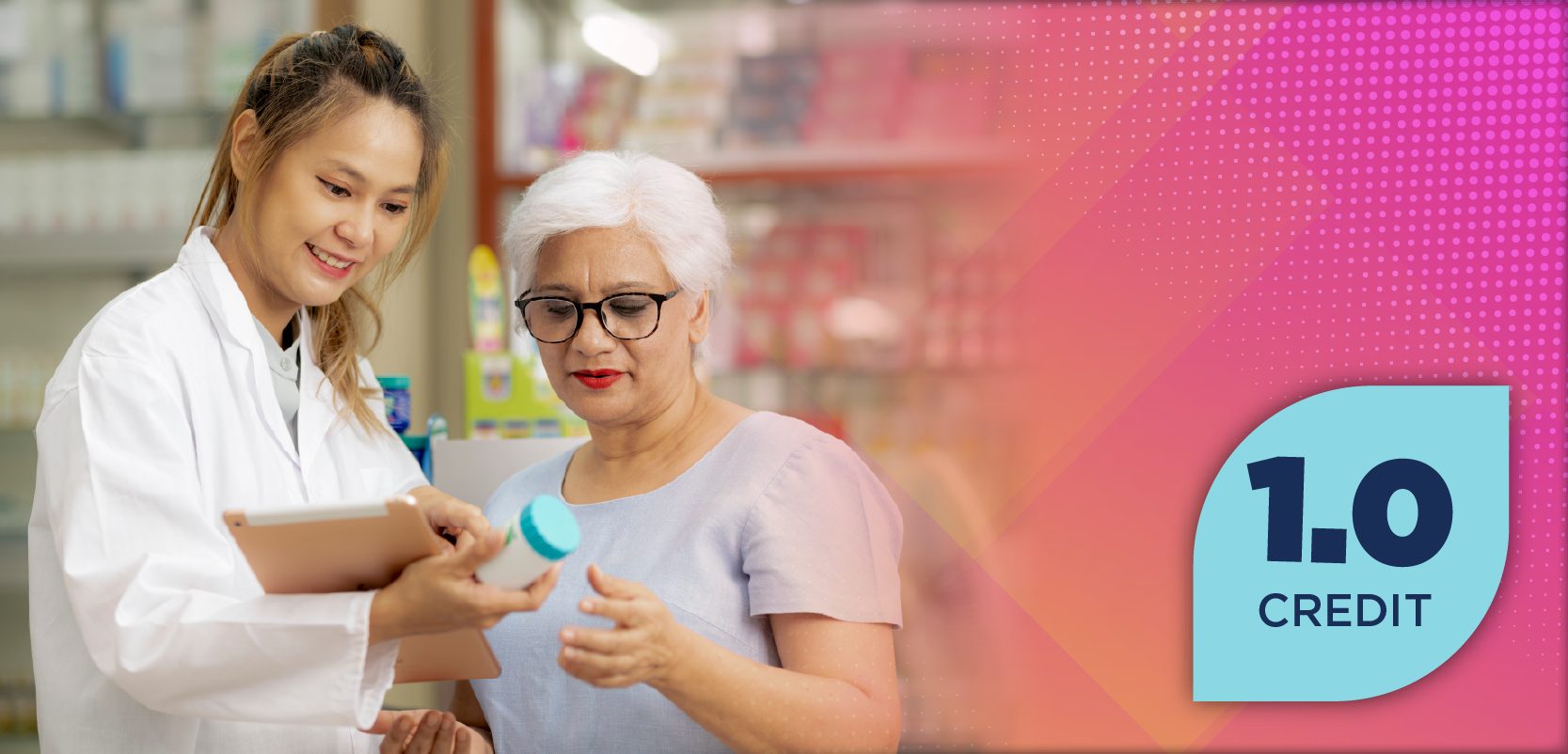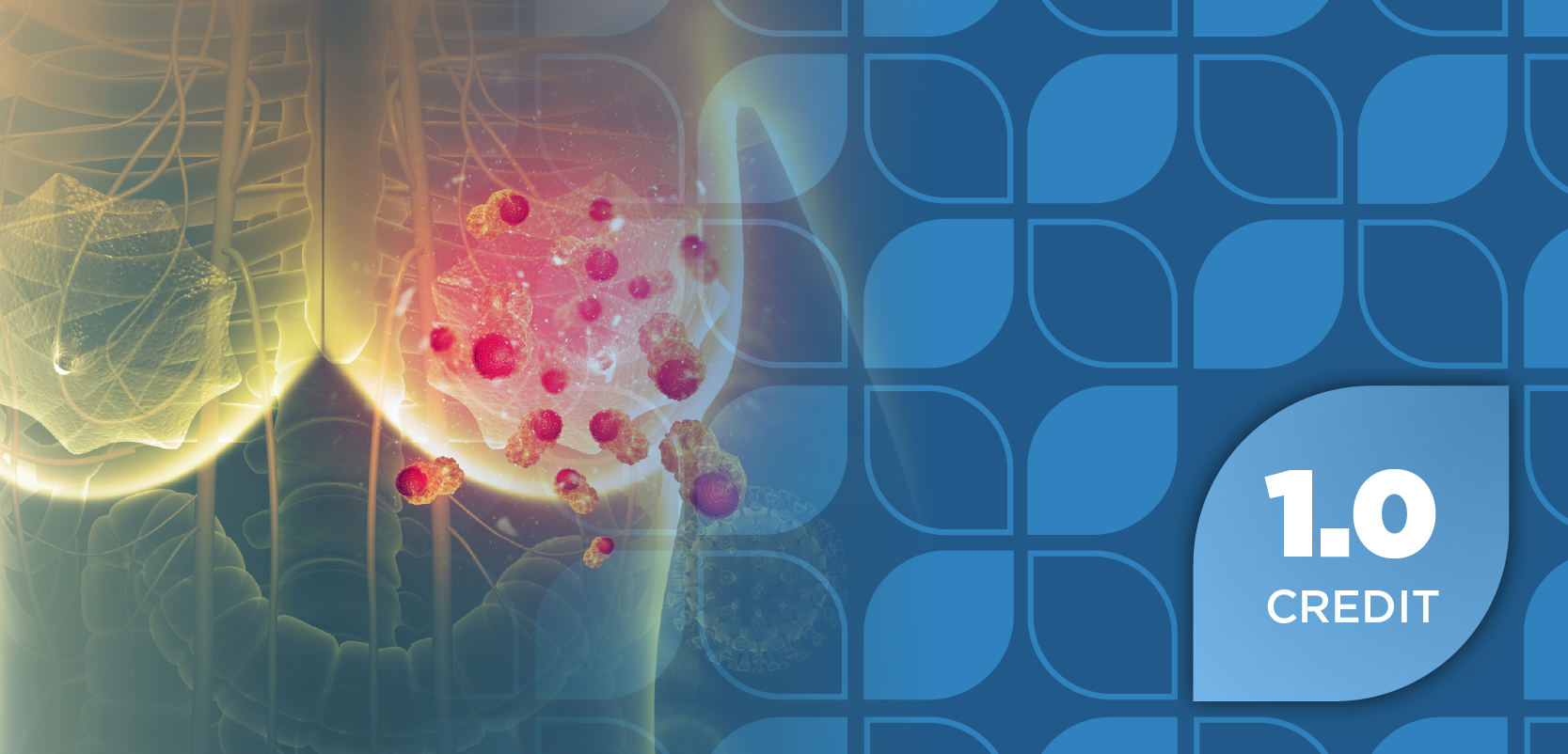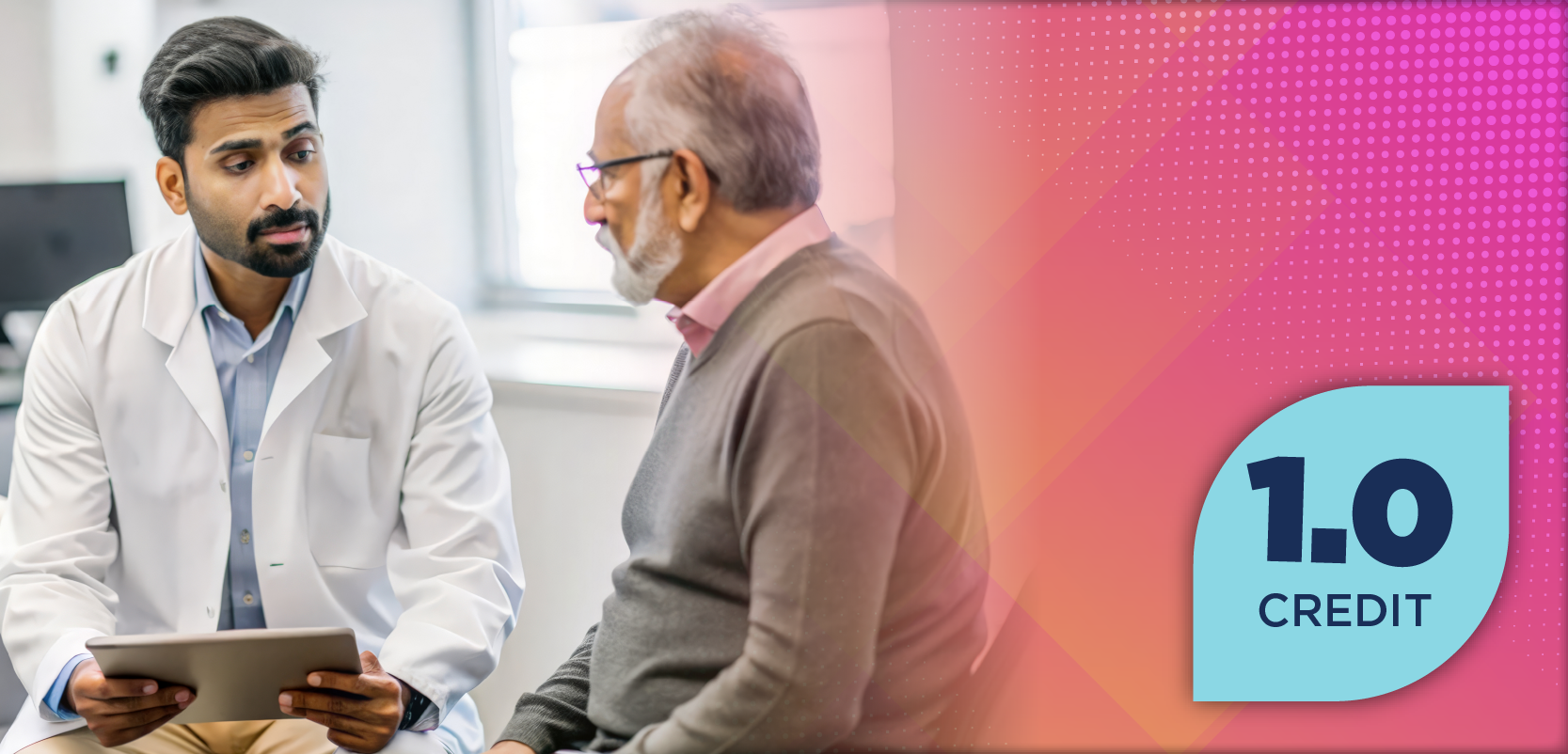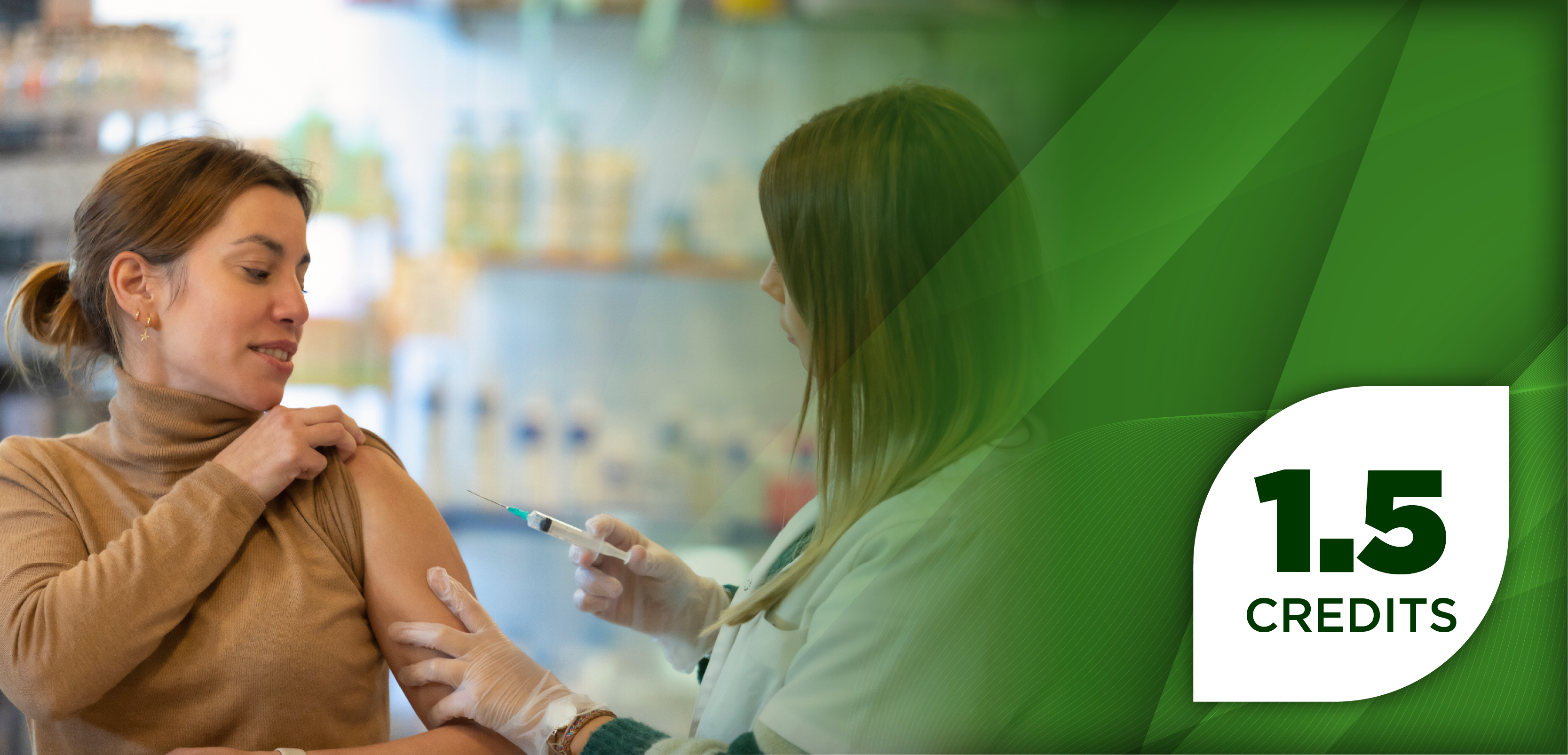
Prioritizing Whole-Person Care in Diabetes Management is Crucial, UPMC Experts Say
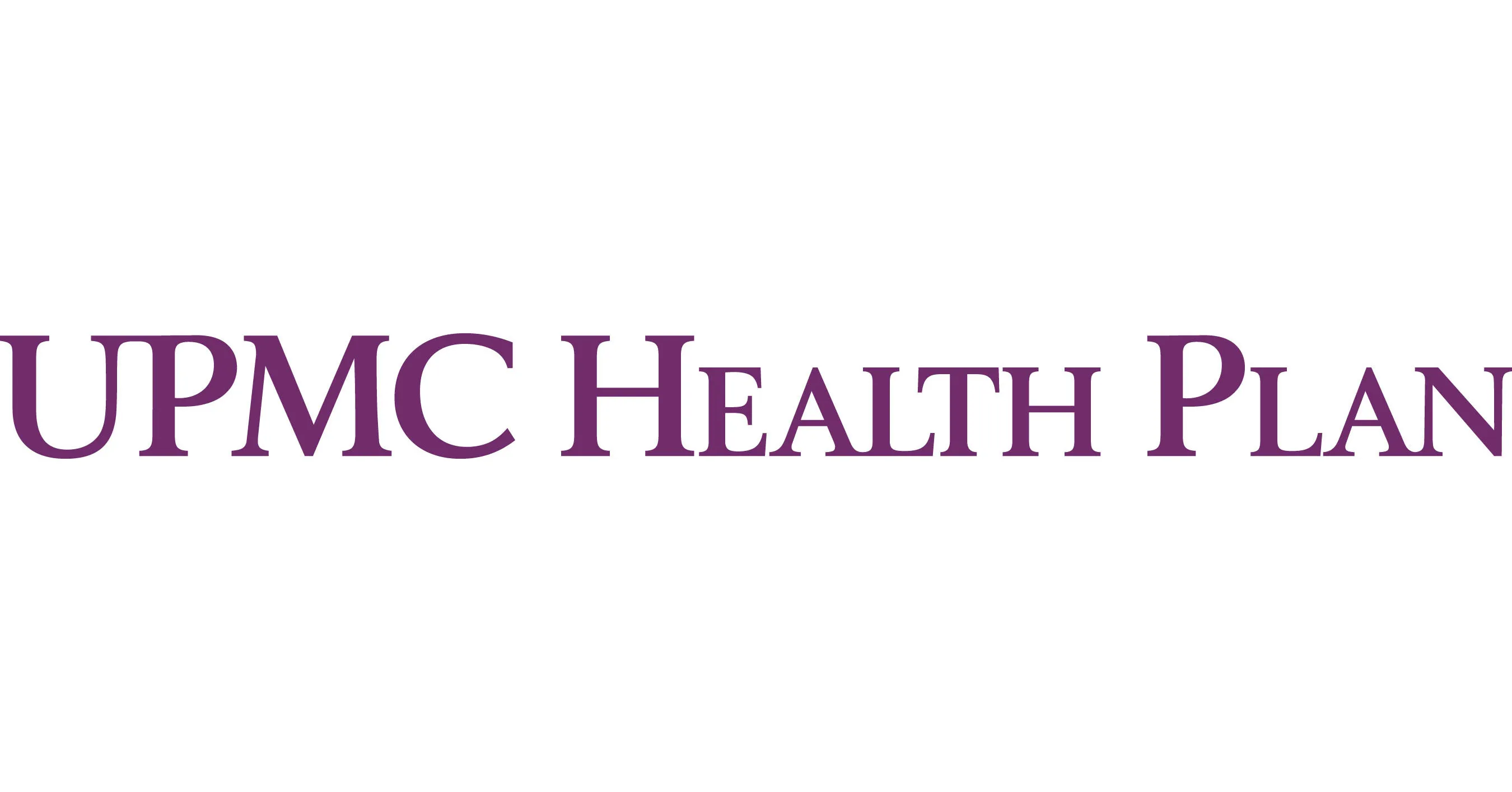
Three experts from UPMC Health Plan highlight the importance of treating patients’ physical, mental, and social health when managing diabetes, rather than the disease alone.
In an interview with Pharmacy Times®, 3 experts from UPMC Health Plan, Phil Camden, PharmD, clinical pharmacist supervisor, Janine Jones, MEd, RDN, CDCES, NBC-HWC, clinical health coach, certified diabetes care and education specialist, registered dietician, and Amanda Hoffman, RD, LDN, CDCES, NBC-HWC, lifestyle health coach, certified diabetes care and education specialist, registered dietician, discuss the significance of “whole-person care” when managing diabetes. Rather than treating the disease alone, whole-person care addresses patients’ connections with their health care providers in addition to their emotional, physical, and social well-being. Additionally, the experts noted that setting goals, motivational meetings, and helping patients make connections are all important methods of maintaining patient-centered care. Pharmacists can contribute by being a trusted resources for patients with diabetes.
Pharmacy Times®: Can you introduce yourselves?
Phil Camden, PharmD: My name is Phil Camden, I'm a Clinical Pharmacist at UPMC. I'm a supervisor currently.
Janine Jones, MEd, RDN, CDCES, NBC-HWC: I'm Janine Jones, I am a clinical health coach and I'm also a certified diabetes care and education specialist and registered dietitian.
Amanda Hoffman, RD, LDN, CDCES, NBC-HWC: I'm Amanda Hoffman. I'm one of the lifestyle health coaches here with UPMC Health Plan, and [I'm] also a registered dietitian and certified diabetes care and education specialist.
Pharmacy Times: What does “whole-person care” mean and/or look like in diabetes management?
Jones: Whole-person care assesses and supports multiple pillars of health and wellness. So, the dimensions of health—such as emotional, social, financial, spiritual, and physical needs—are addressed during care to promote quality of life and improve outcomes for someone with diabetes, so it's so much more than a1c, or meds, or healthy lifestyle changes. A whole-person care approach explores a patient's thoughts, feelings. There are hurdles with managing diabetes, so, a patient can feel free to communicate their burdens and their diabetes distress with their team, and hopefully reducing barriers and managing emotional health makes it easier to handle their health care needs.
Camden: Just to expand upon what Janine said...for me, it's really about recognizing the member as more than just someone who has a diagnosis of diabetes. They're a person first and foremost, right? They're a father, a mother, a brother, sister, and so on, and really, their diagnosis is just only a small part of who they are. So, I think as a pharmacist, it's really about going beyond the traditional focus of just medications and looking at all the factors that might be impacting their health journey with a member-centric focus.
So, for example, what are the physical barriers that might be preventing the member from living a more active lifestyle? Are there emotional health concerns that might be worsening their diabetes? Are there social factors at play that might be worsening their symptoms, such as, food access, transportation, financial concerns...I would say all those thoughts really need to go into whole-person care for diabetes.
Pharmacy Times: What tools or resources do you use to educate patients on diabetes management?
Hoffman: Our health coaching service is here to provide some great tools and resources to really help our patients build up healthy lifestyle habits around those areas...nutrition, physical activity, stress, tobacco cessation, weight management, and sleep as well. We know that all of these lifestyle areas can greatly impact somebody's diabetes management. We also recognize that there's not a "one size fits all" approach in learning as well, so, we really take pride in offering various educational materials, interactive tools, even in different platforms to best suit our patients' personal preferences as well as their specific learning styles.
An example of this is our self-paced app that we have called
And then, of course...we have some great other teams and other areas that we can send our patients to when they need additional support and education, so we do have a team of certified diabetes care and education specialists who can provide that really specialized education. We also have our nurse care managers who can really help them understand the disease itself and how to better manage it as well.
Pharmacy Times: How do you tailor interventions to address the whole person, rather than just the disease?
Hoffman: [In addition to lifestyle areas and patient autonomy,] we dive into motivational interviewing techniques to help build motivation, increase their confidence, their self efficacy, and a big part of what we do is try to work with them on setting goals. So, those might be really small goals, manageable, feasible goals, but [things] that are really meaningful to [the patient], and what's important too, is they get to decide what that goal is. Ultimately, we find this gives our patients the confidence to keep going, to build upon that progress and potentially lead to additional change, which could potentially impact other areas of their life as well.
Another aspect that we do with our coaching process is taking a deep dive into their health as a whole. So, we don't just start a conversation about simply those lifestyle areas. We're going to check in on their physical health, their emotional health, their connections within their health care team, their medications, if they're having any issues there, any barriers they might be experiencing as well, access to food, difficulty with transportation to their medical appointments, and we know that experiencing challenges in any of these areas can really determine how they're able to make positive changes, or also how they're able to manage their health, in particular, their diabetes. So, what's really great here with [UPMC] Health Plan is we can support our members by helping to make connections to other teams and other resources that we have available for us. Some examples of that might be our care manager teams, our pharmacists, we also have Member Services, we have behavioral health...so just a whole array of various resources and teams that we're able to connect our patients with. That way, they can kind of be tailored to what's most important to them, and sometimes we have to hold off on our coaching a little bit because they have to make those connections first and there's no timeline.
Pharmacy Times: What is the pharmacist’s role in whole-person care?
Camden: You know, I think we're in a unique position as pharmacists to help our members. Of course, we have the drug knowledge, we also have that additional knowledge and things like testing supplies and lab goals...but, as we know, pharmacists are also considered to be among the most trusted health care professionals, so, I think that can lead our members to maybe feeling a little bit more comfortable to disclose some of those social issues that we had talked about earlier. And then, of course, in a managed care setting, we have that ability to impact our members, not just at the population level view, but really on an individual basis, and [we can] kind of hone in and spend that time with a member who might be a little higher risk or have additional needs. So, I would say ultimately, our role is not just to educate on what the medications are, how you should take them, and why they're important, but it's really just to recognize that medications are just one part of getting the patient to their health care goals. It's really important that we also connect our members with appropriate resources that they need to be successful to reach those goals, and that's why we have these bidirectional communication channels at UPMC with kind of those resources that we had talked about earlier.
Pharmacy Times: How do you ensure patient-centered care remains the focus during collaborative efforts with other providers, insurers, etc?
Jones: Client-centered care remains the focus as we coordinate with providers and care management teams within the Health Plan and outside as well. We can use client-centered approaches to build rapport and listen to the client's needs, goals and barriers, but we also recognize the patient is so much more than just the diagnosis or desired clinical outcomes, and so, we really like to use those tools that Amanda mentioned earlier to find their perspective and their needs, and by exploring those multiple lifestyle areas, as well as the dimensions of wellness, the social determinants of health, the perception of stress and emotional health, [as well as] other areas that Phil mentioned—like access to care and family or social connections—we kind of really look into all of those. But as we're learning that, we can share that with other providers and let the clients' priorities and needs and interest...by addressing that, it optimizes their care when they're collaborating with their other providers. And working together, we can really help the member on their wellness journey, and working together just means we really do reach out to different departments as well as to different community resources and the providers.
Camden: I would just like to echo what Janine had said earlier…I think the patient is really at the center of everything that we do here at UPMC. And the one way that I think that we do this the most, is that we prioritize the members' concerns in order of what they think is most important to them. I think this really just ensures that they feel like they're a valued stakeholder in their own health care decisions, and then, of course, after identifying those concerns from the member, it's really about collaborating with whatever providers need to be contacted—[for example,] if their dispensing pharmacy needs to be contacted—and really just resolving those issues for the member the best that we can.
Pharmacy Times: Compared with other institutions, how does UPMC stand out in diabetes management?
Camden: So, I think diabetes has really been at the forefront of a lot of our strategies here at UPMC Health Plan. I think we were a pioneer in our formulary strategies, as far as participating in the insulin Senior Savings Model for Medicare Part D [and] offering that insulin at lower cost for our members. But personally, I think one thing that makes us stand out—and it's my favorite—is our
Pharmacy Times: How do you foresee glucagon-like peptide (GLP)-1 receptor agonists’ roles?
Camden: Absolutely, obviously GLP-1 [receptor agonists] are a really big topic right now, we have that clear evidence of use in the diabetes space, but what I think is most exciting to me [are] the indications that are being approved outside of diabetes. So, I don't know exactly where it's going to go, I don't have the crystal ball. But I would just say [that] novel drugs like the GLP-1s are just going to continue to grow and kind of expand the way that we approach and treat diabetes as a whole.
Pharmacy Times: Any final or closing thoughts?
Camden: So, the only other thing that I'd like to say, first and foremost, I'd like to say, thank you...but I would [also] say [that] as diabetes in America continu[es] to grow and become more complex, I think it's just going to be more important than ever to really collaborate with one another—with colleagues like who's on the Zoom with me today—and really just offer those holistic programs to our members to support their health care goals and ultimately improve health care outcomes.
Jones: [I also wanted to add that] we really work on prevention, and a big part of our lifestyle health coaching would be for prevention. We also have a CDC-recognized diabetes prevention program that we offer virtually, so we can really reach people, [for example,] if they're in rural places or can't easily attend in-person. It's just been growing and it's really wonderful way to really reach people before they get to that that point of being diagnosed with diabetes and providing again, that, you know, client centered approach as well, because we sometimes can do it individually as well as with groups.
Newsletter
Stay informed on drug updates, treatment guidelines, and pharmacy practice trends—subscribe to Pharmacy Times for weekly clinical insights.



















































